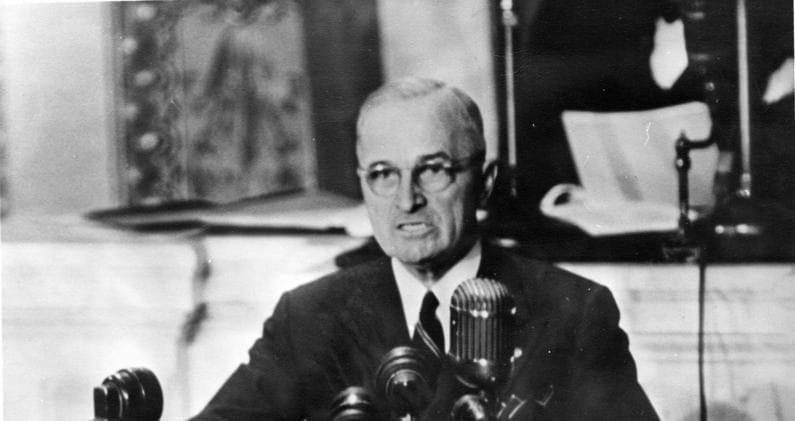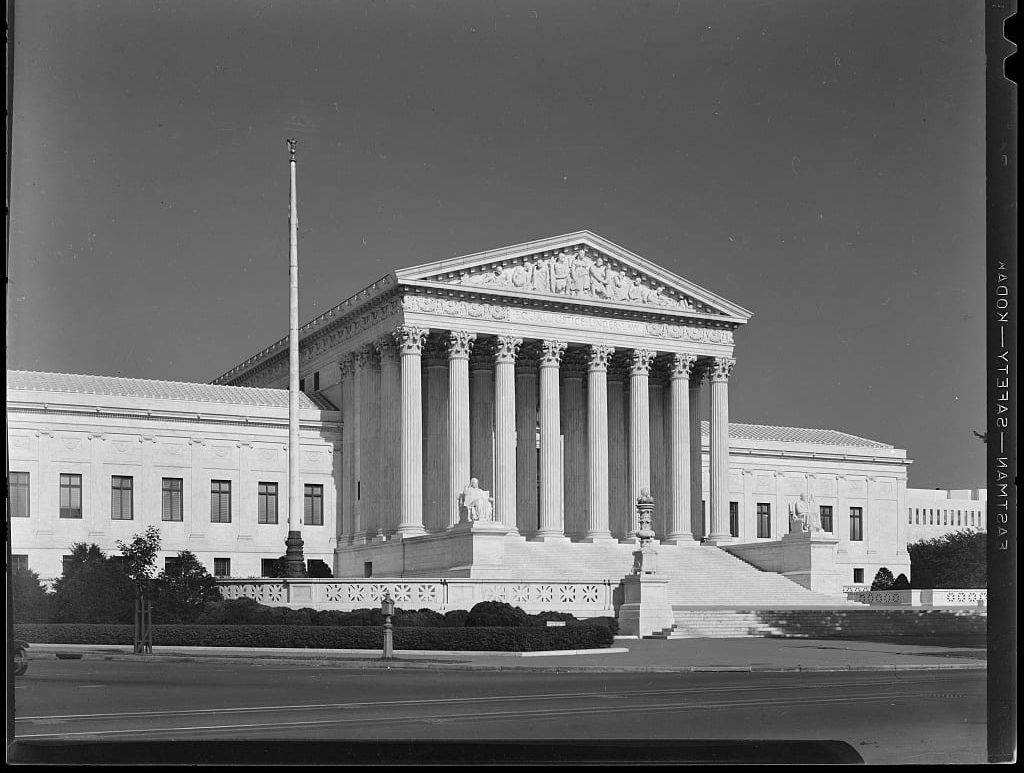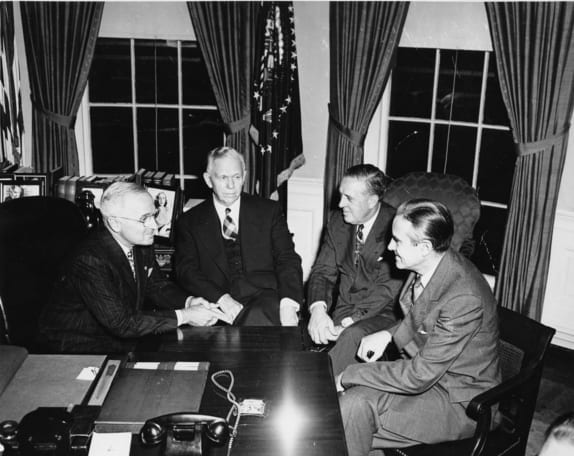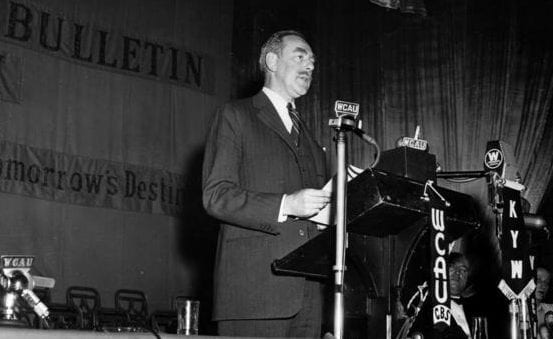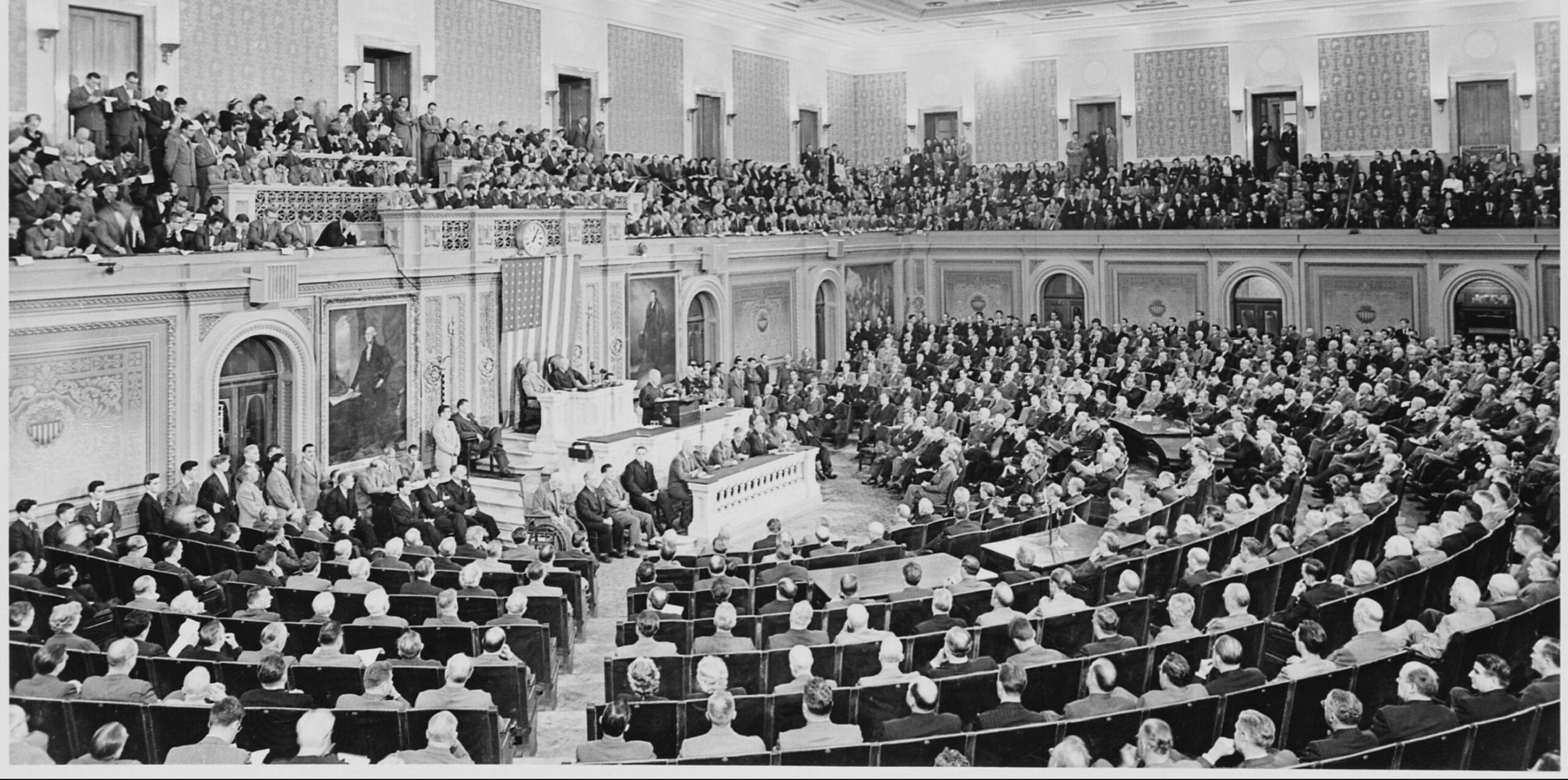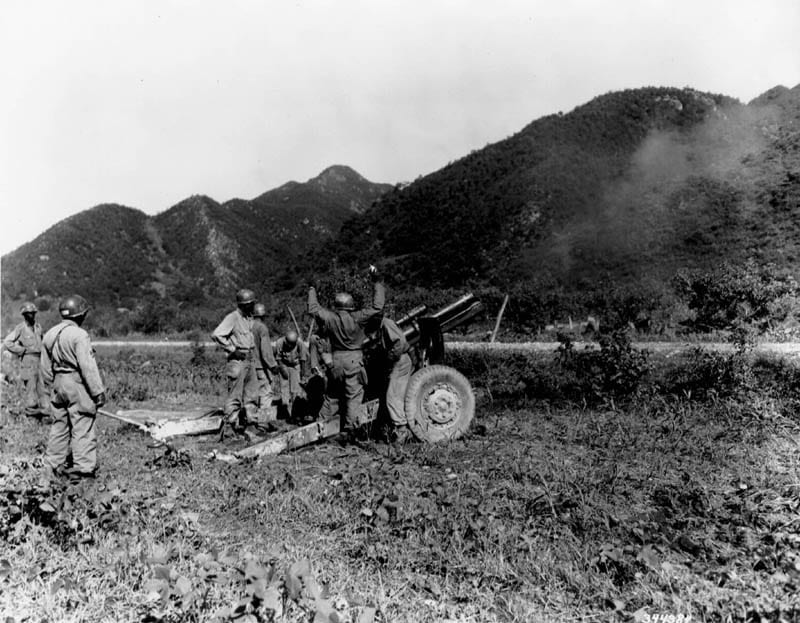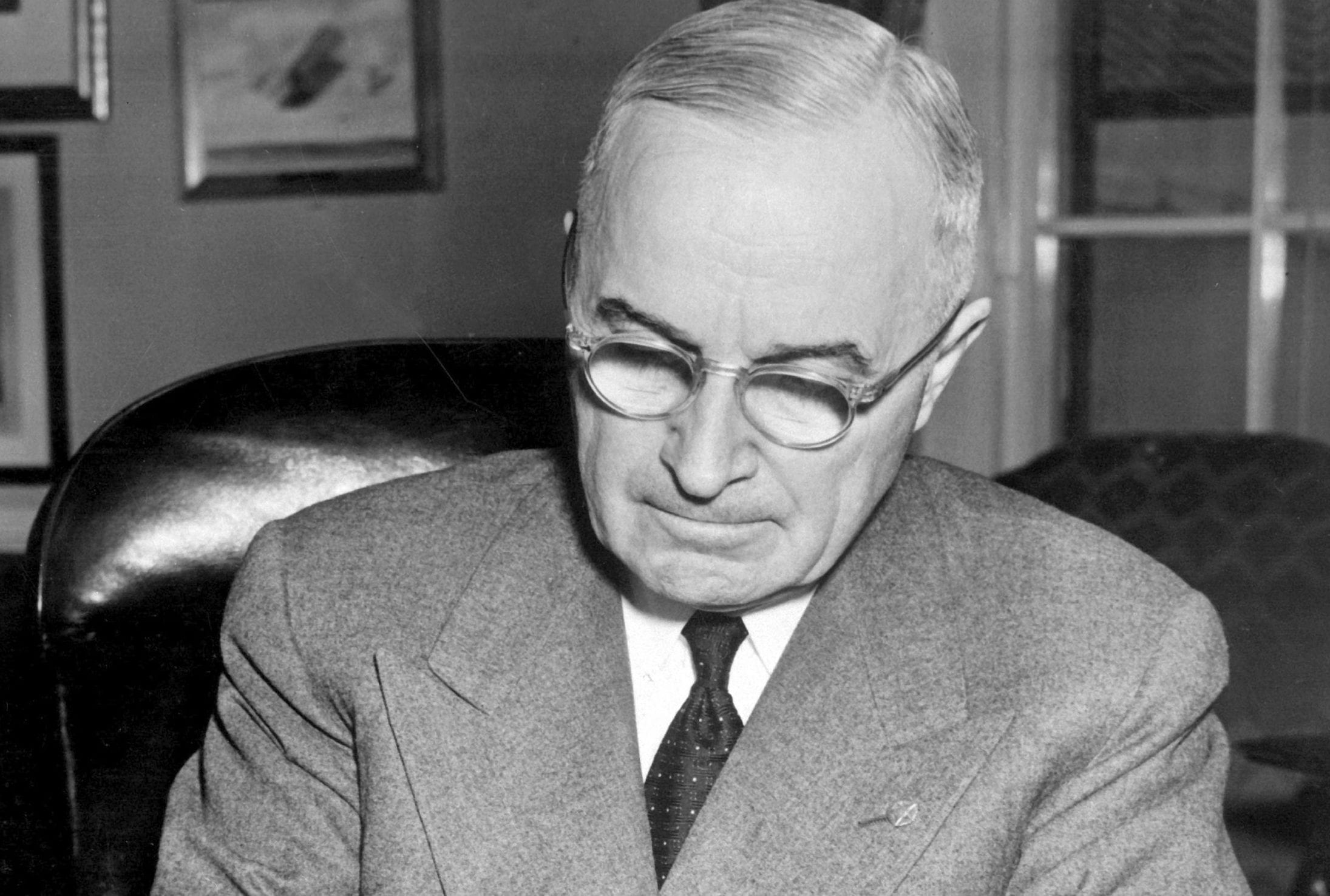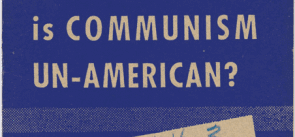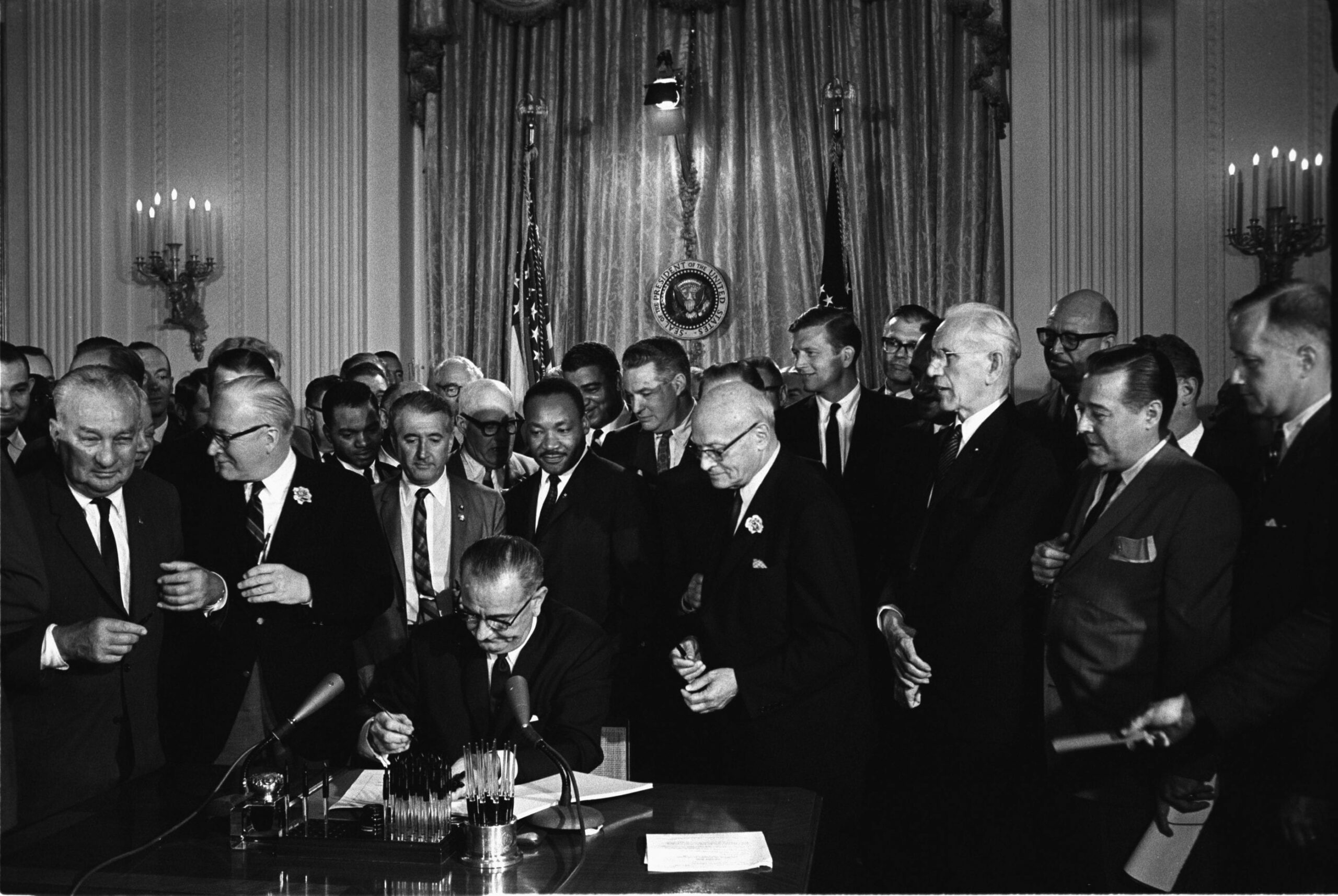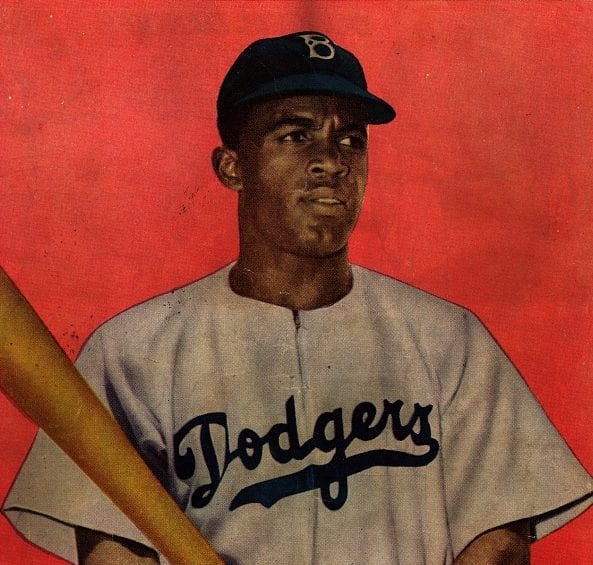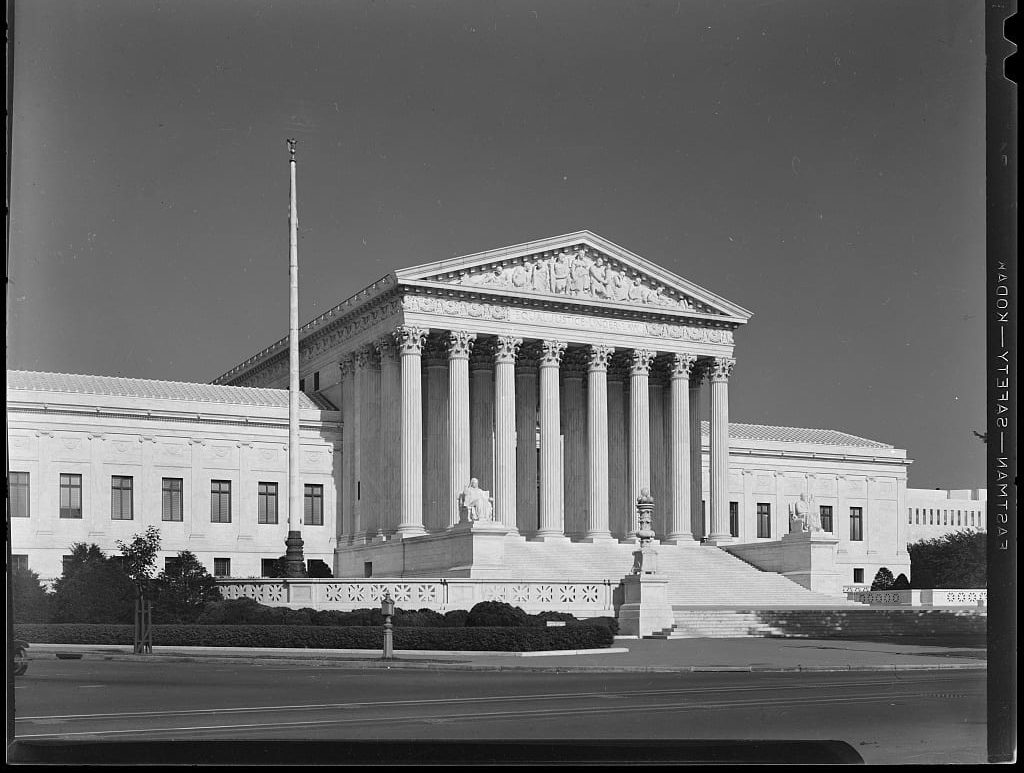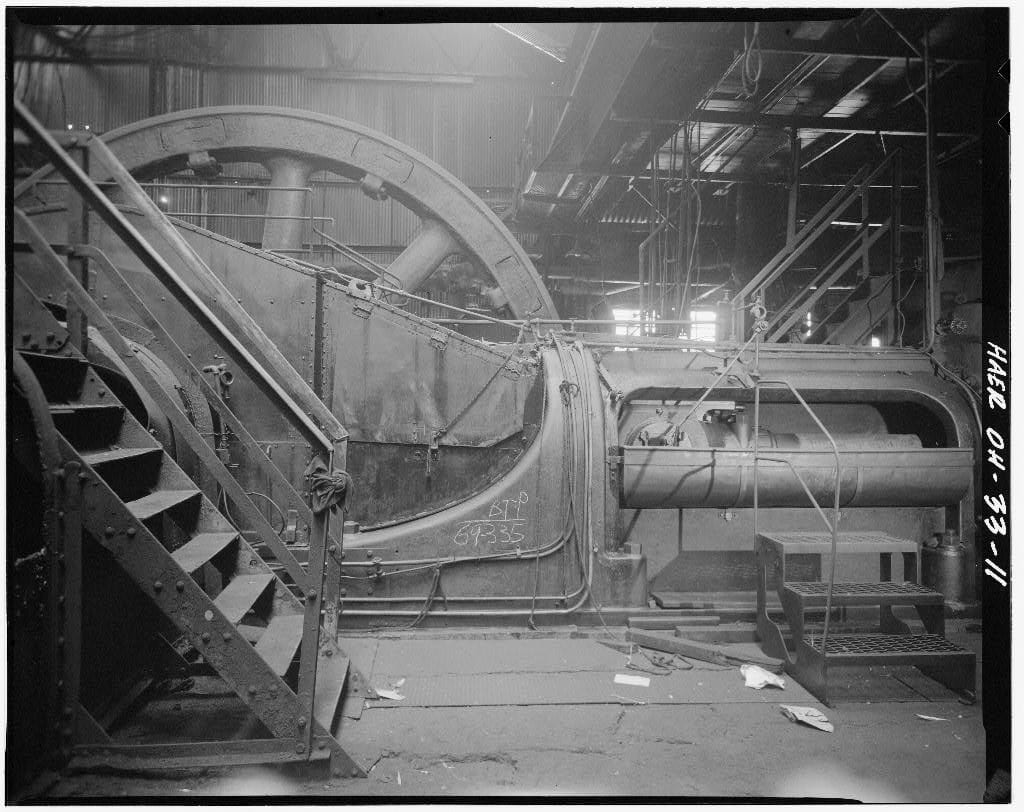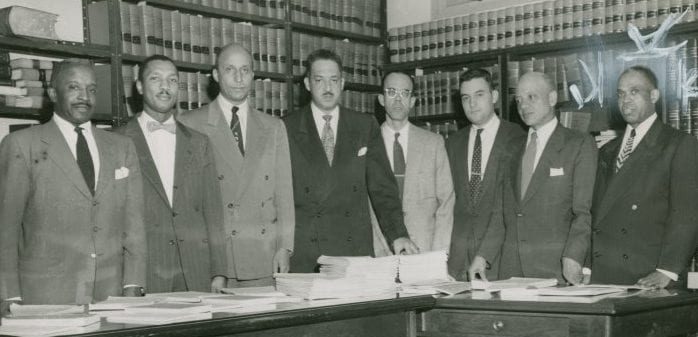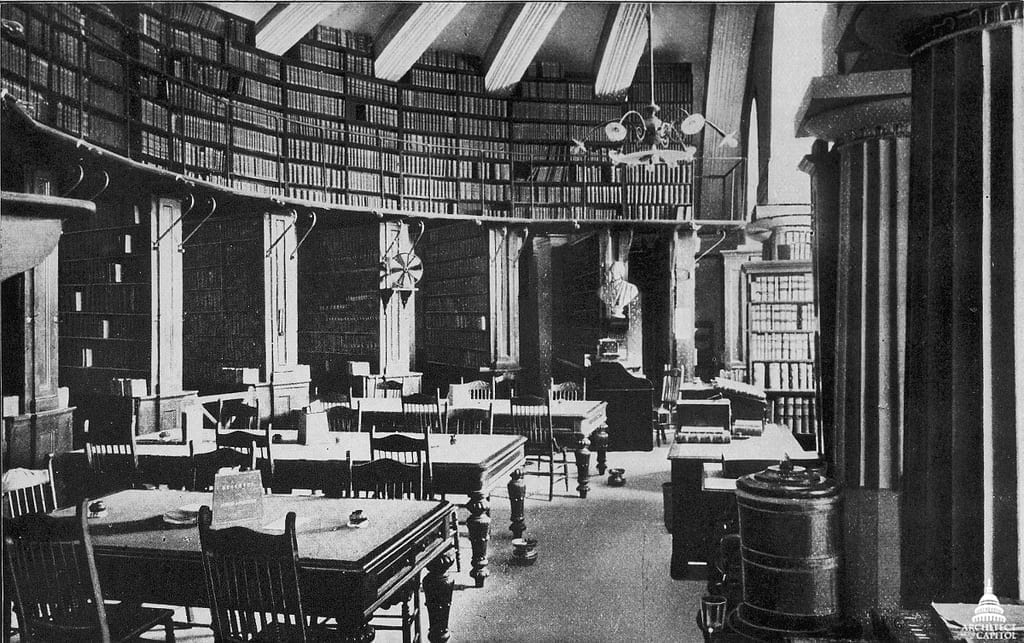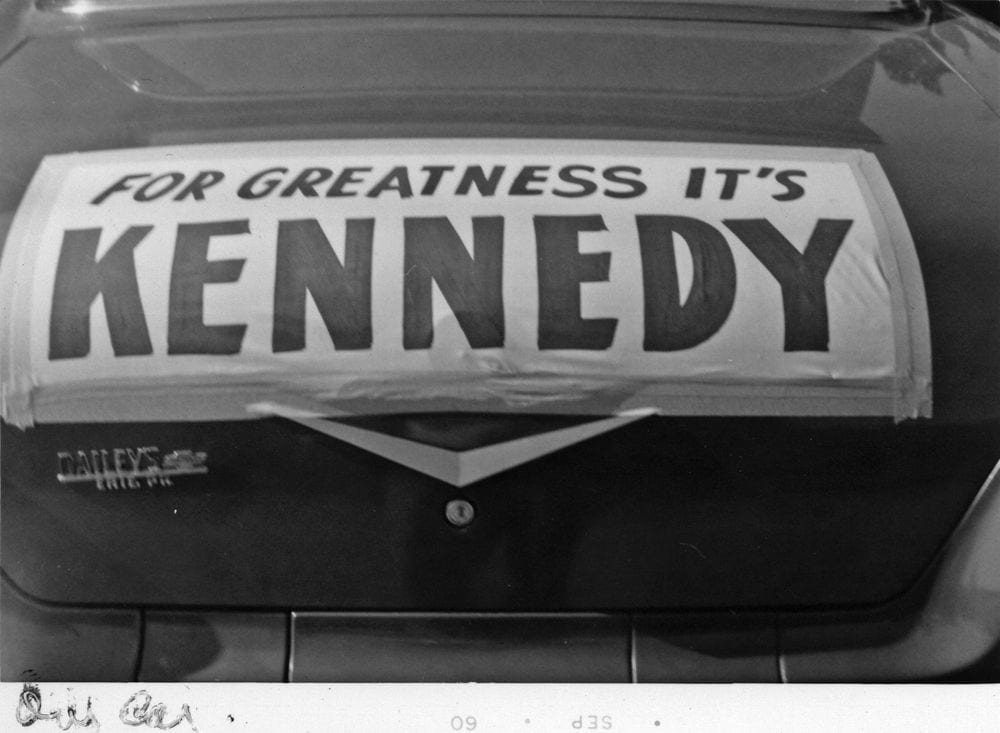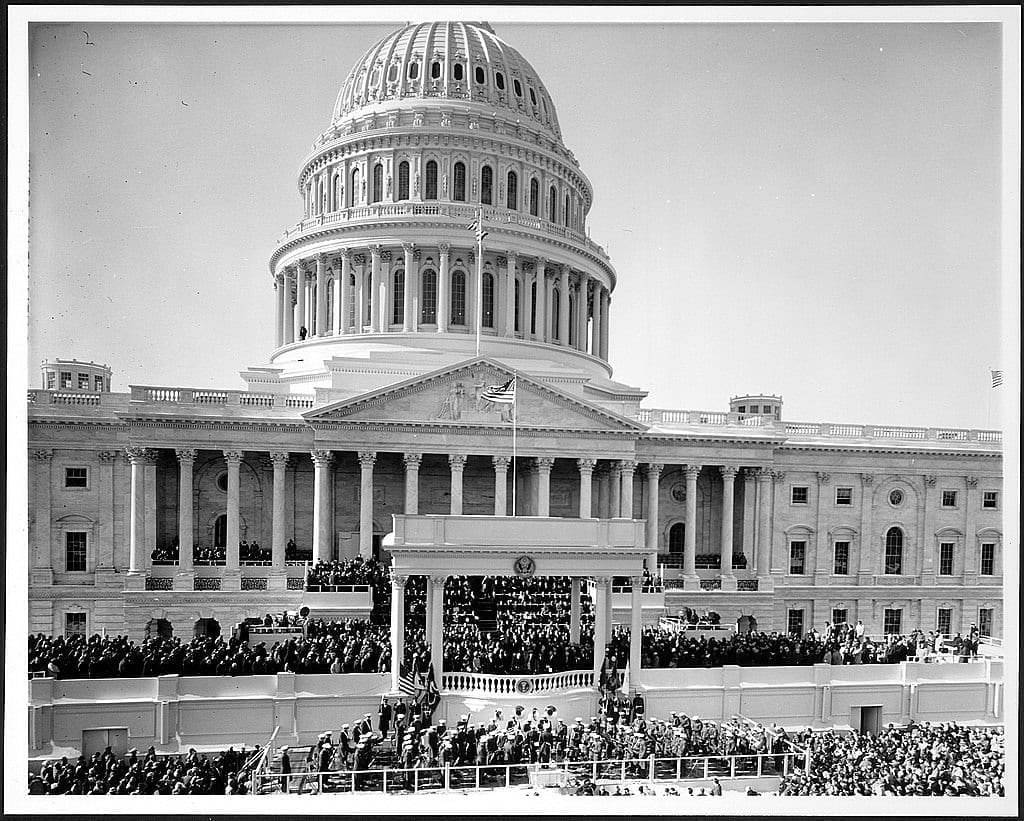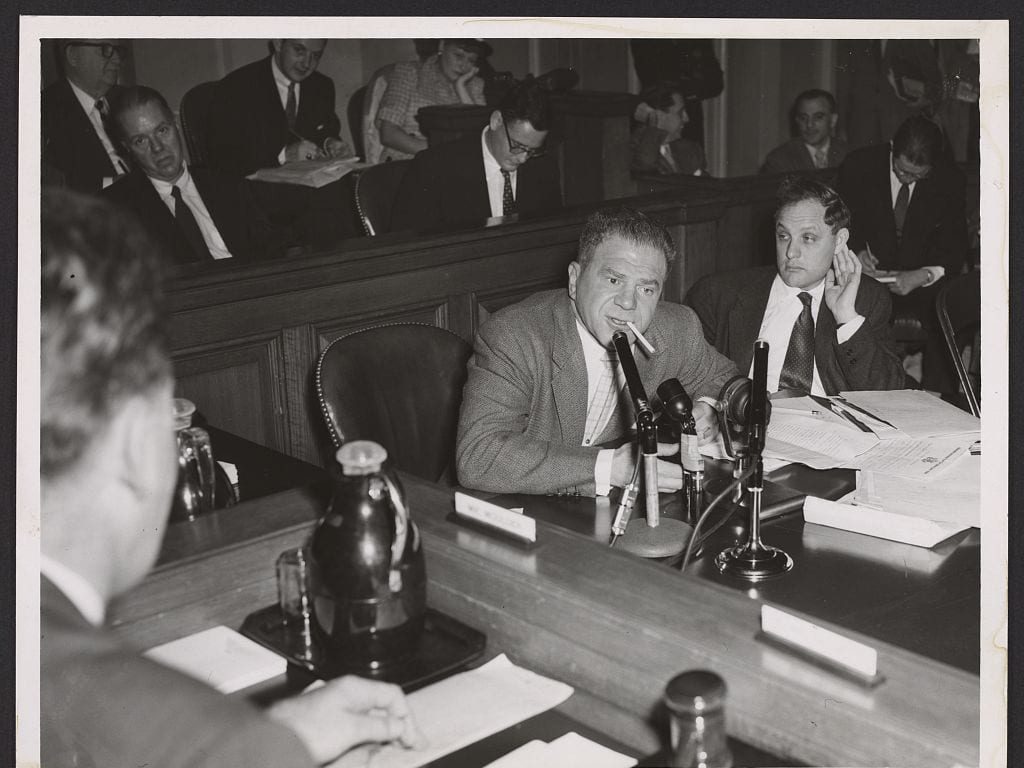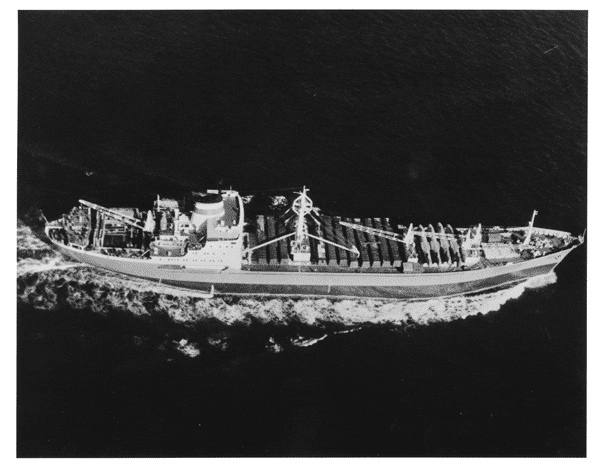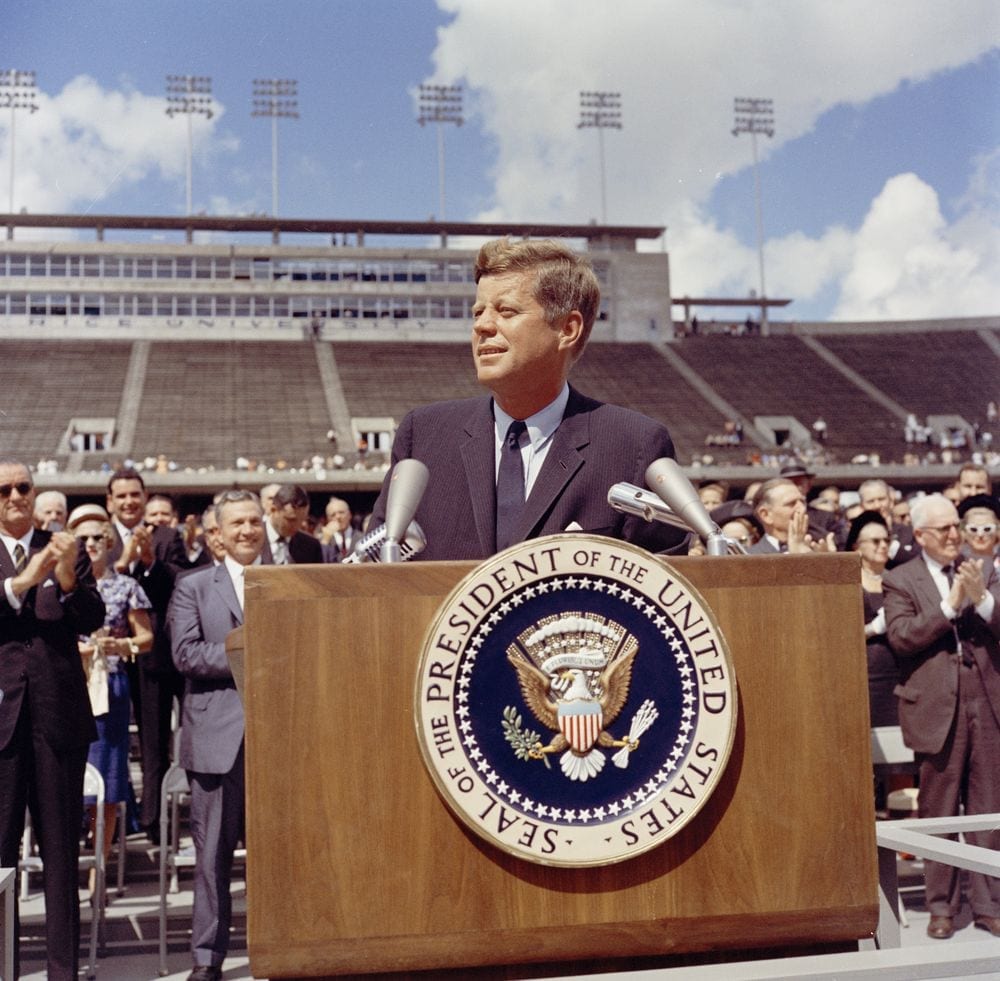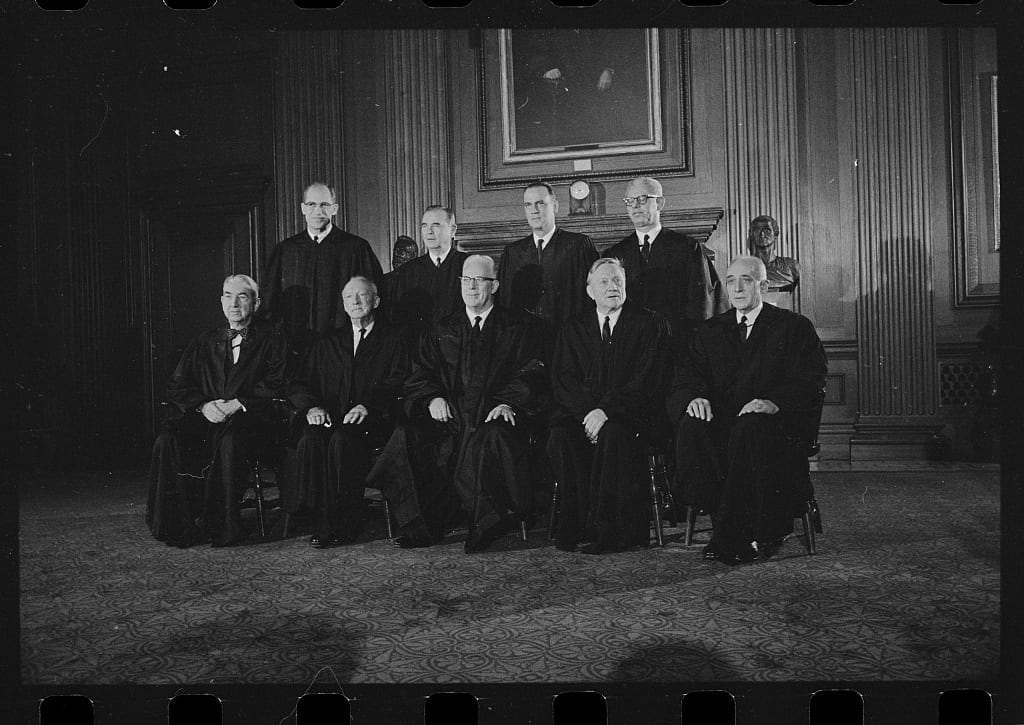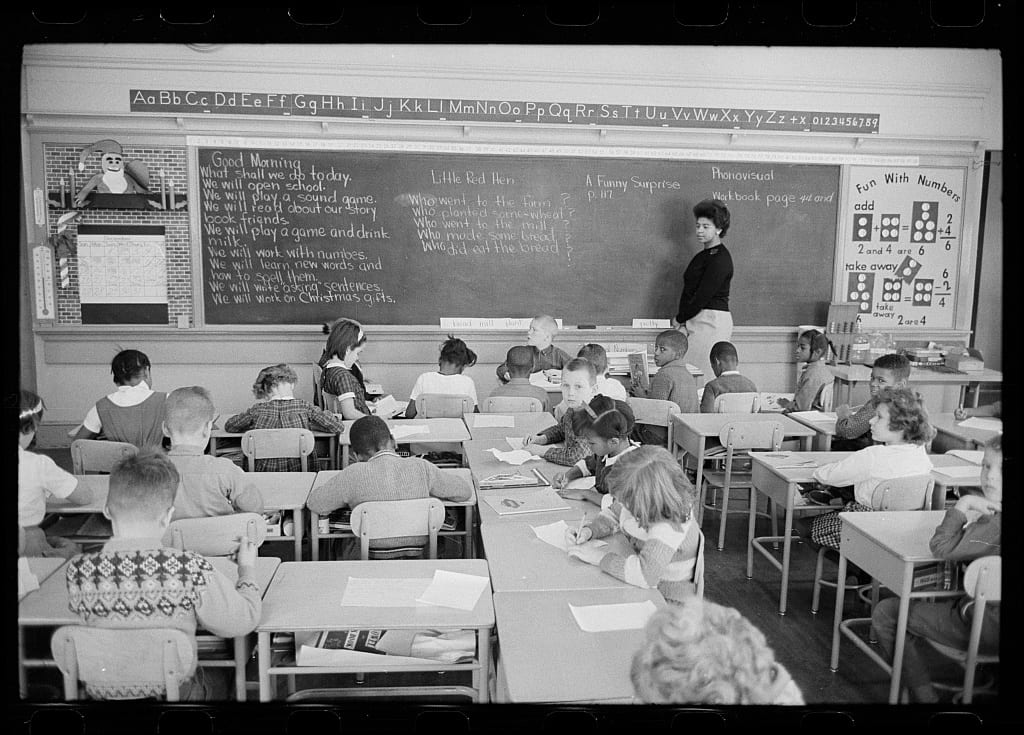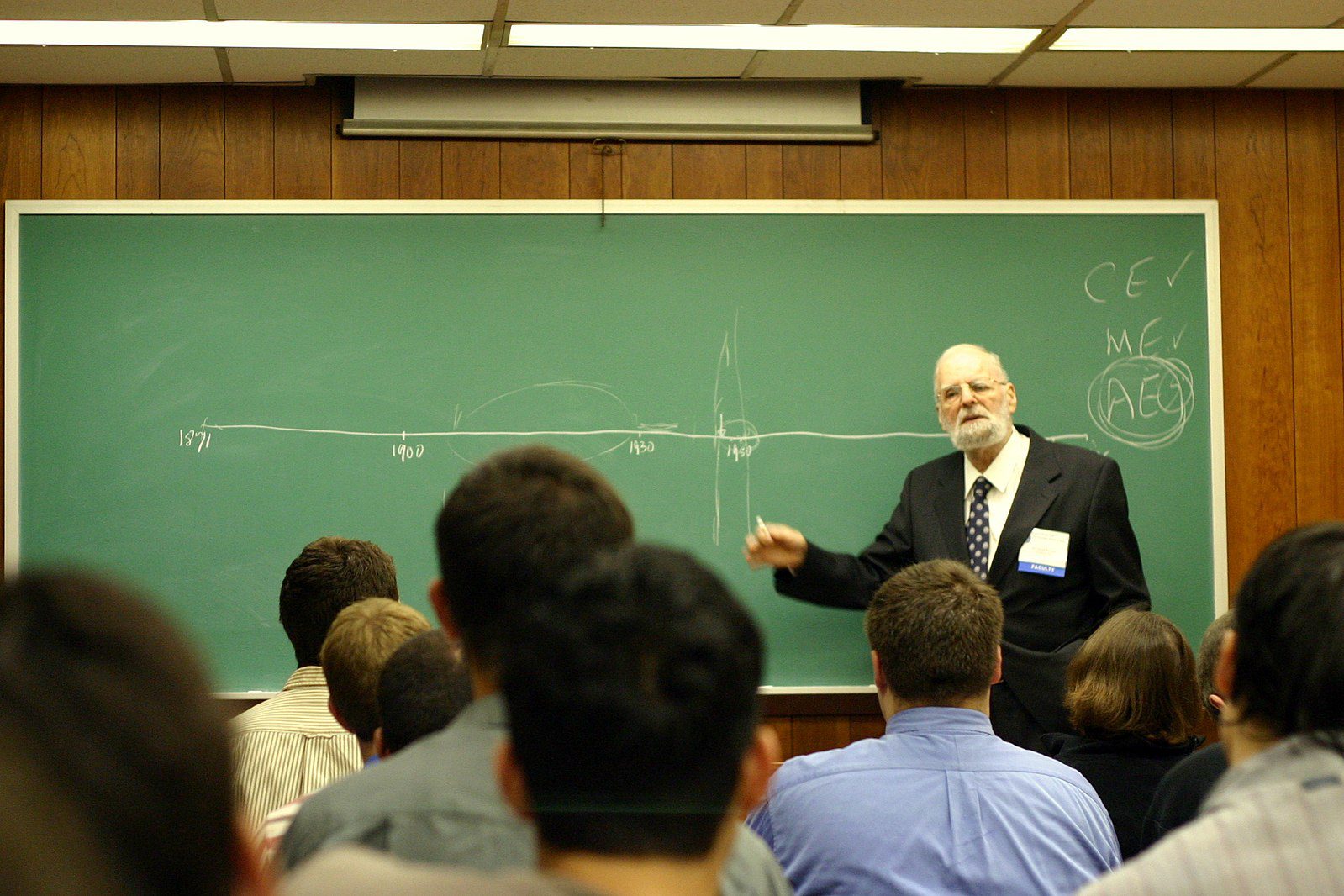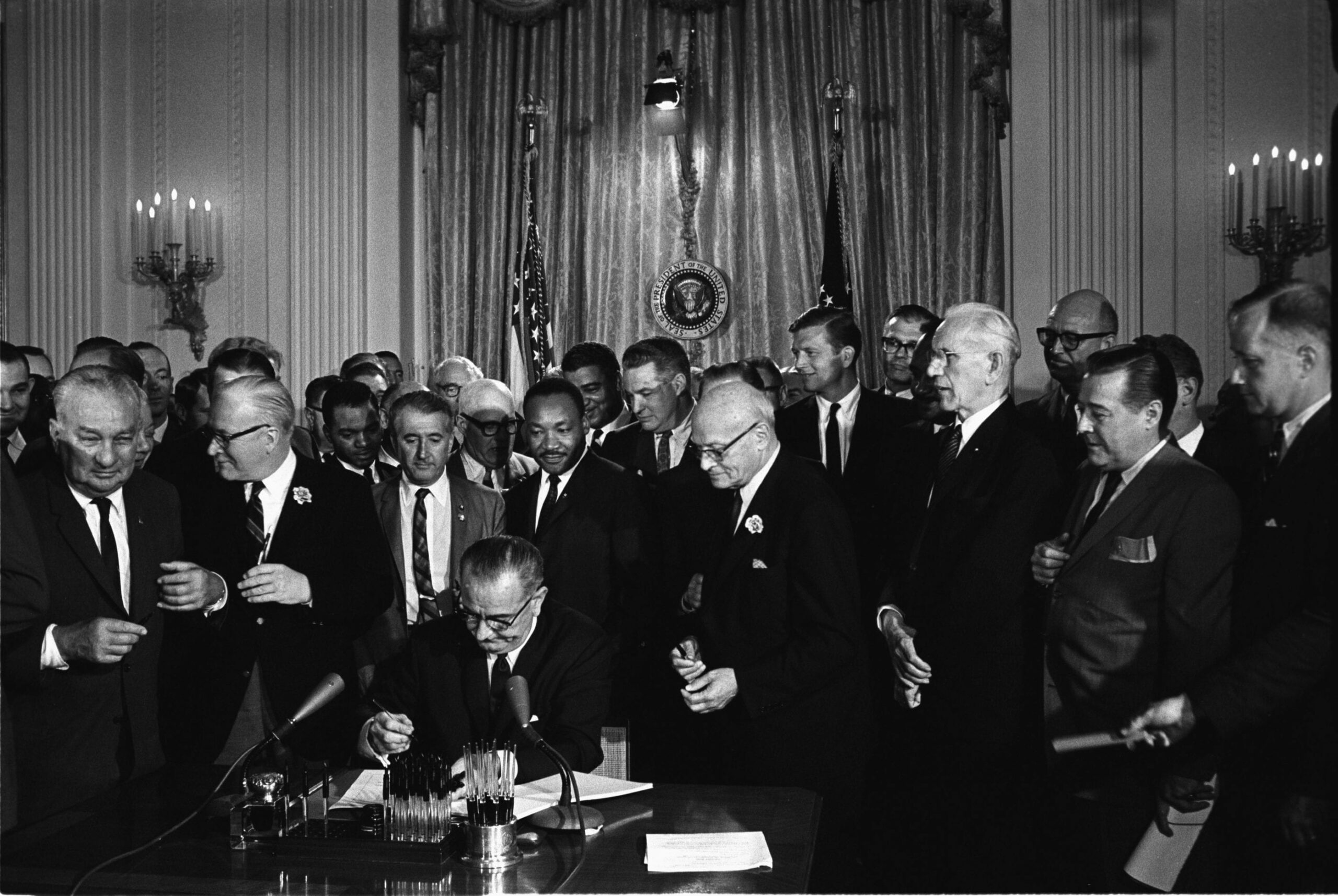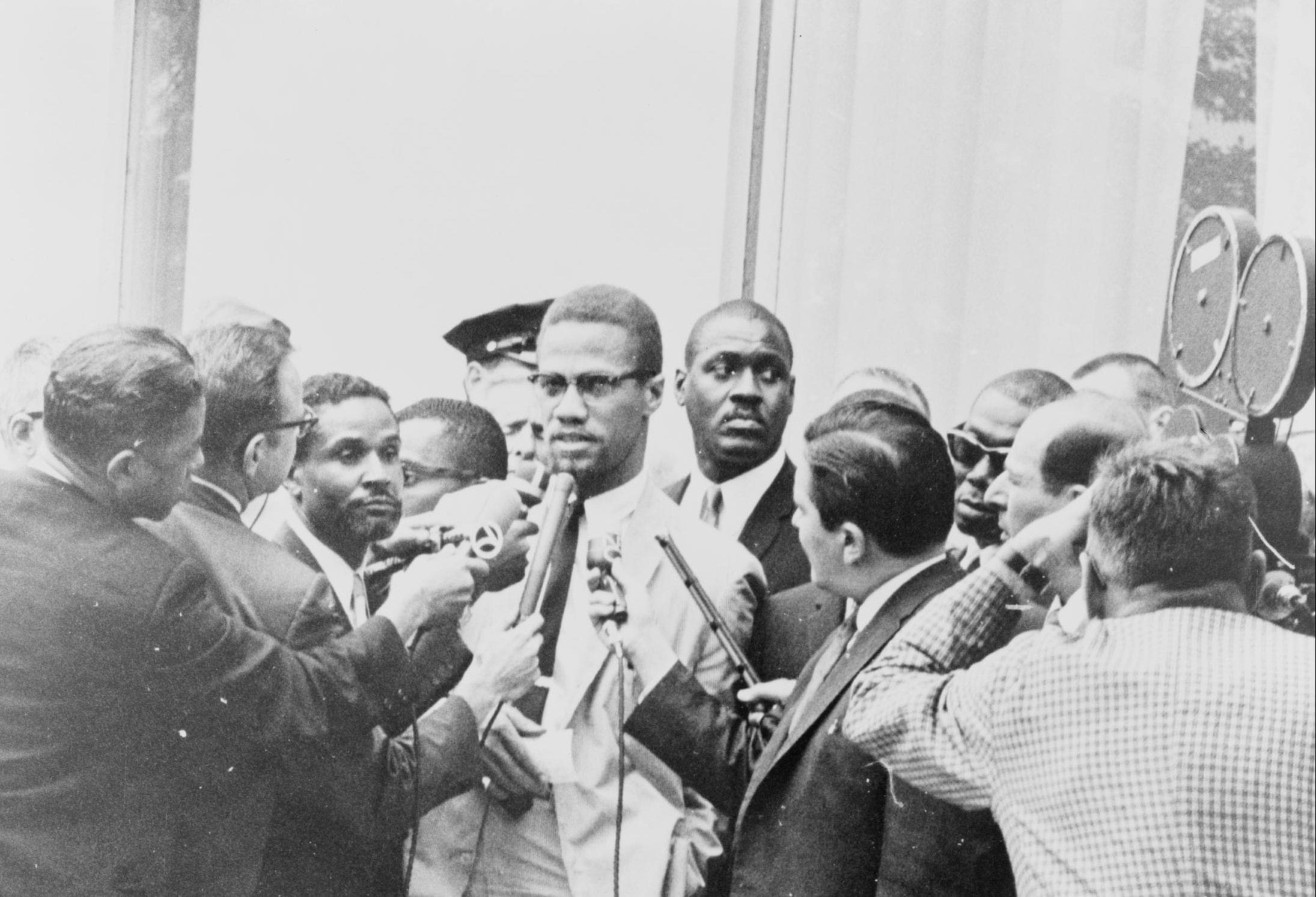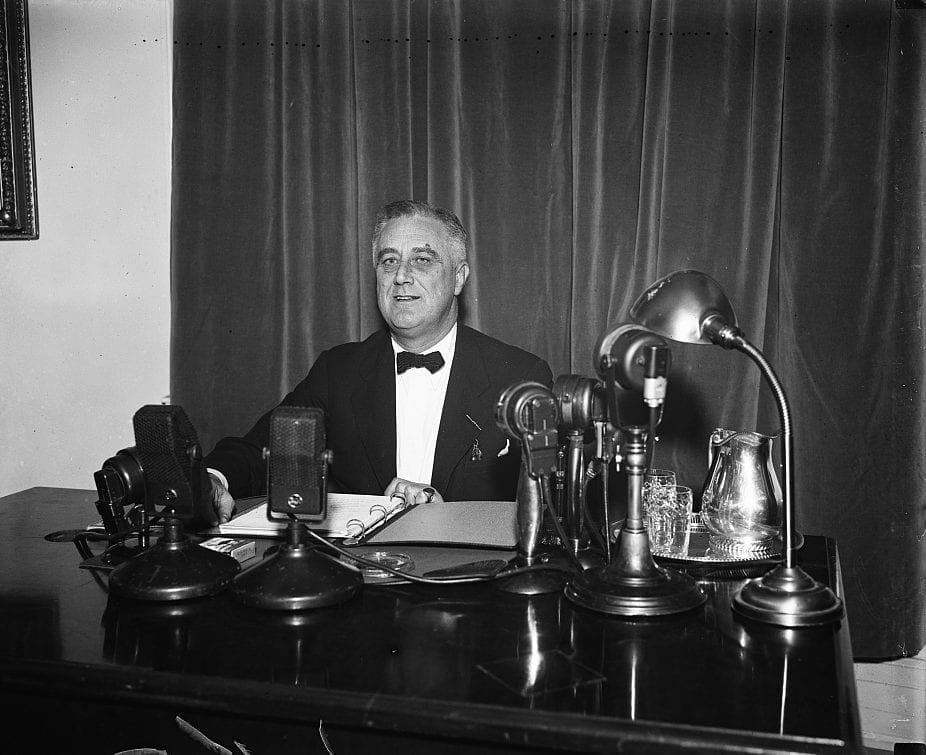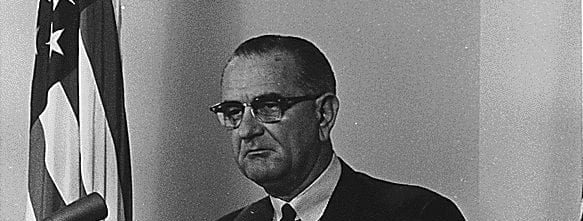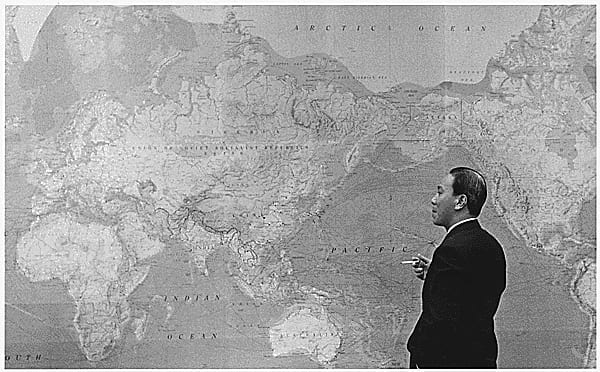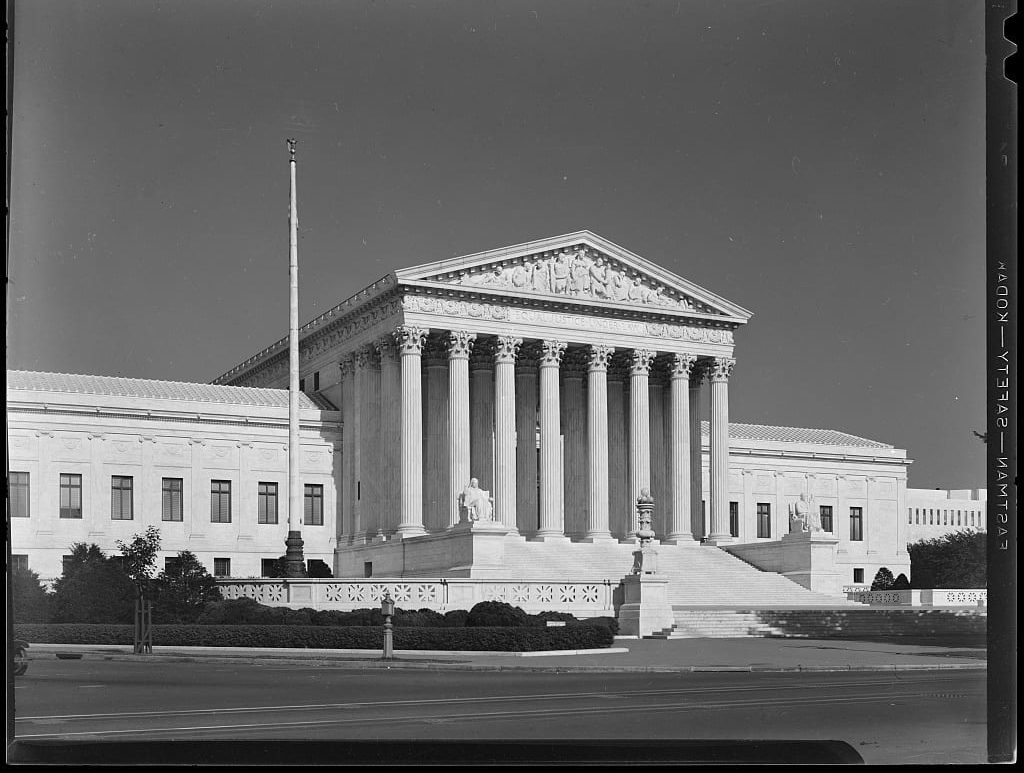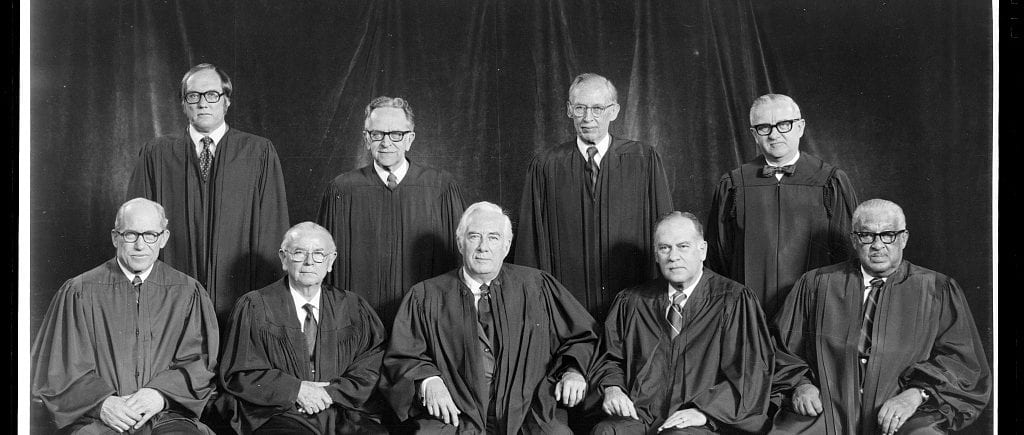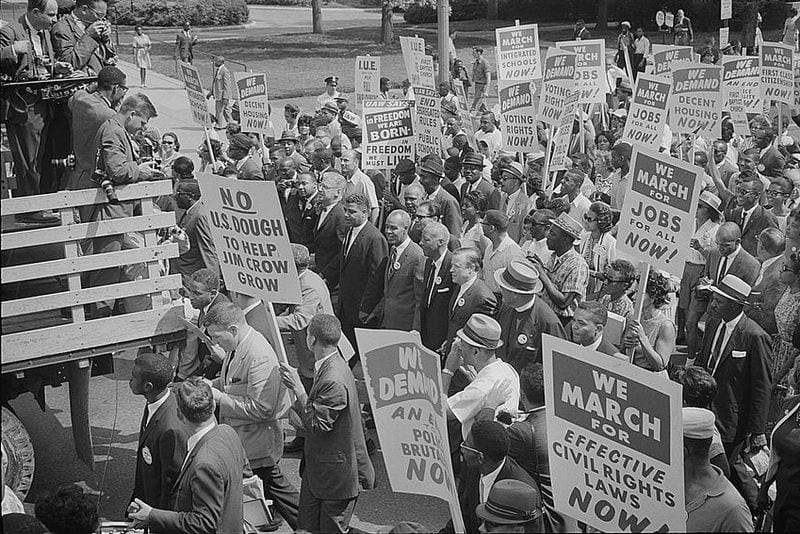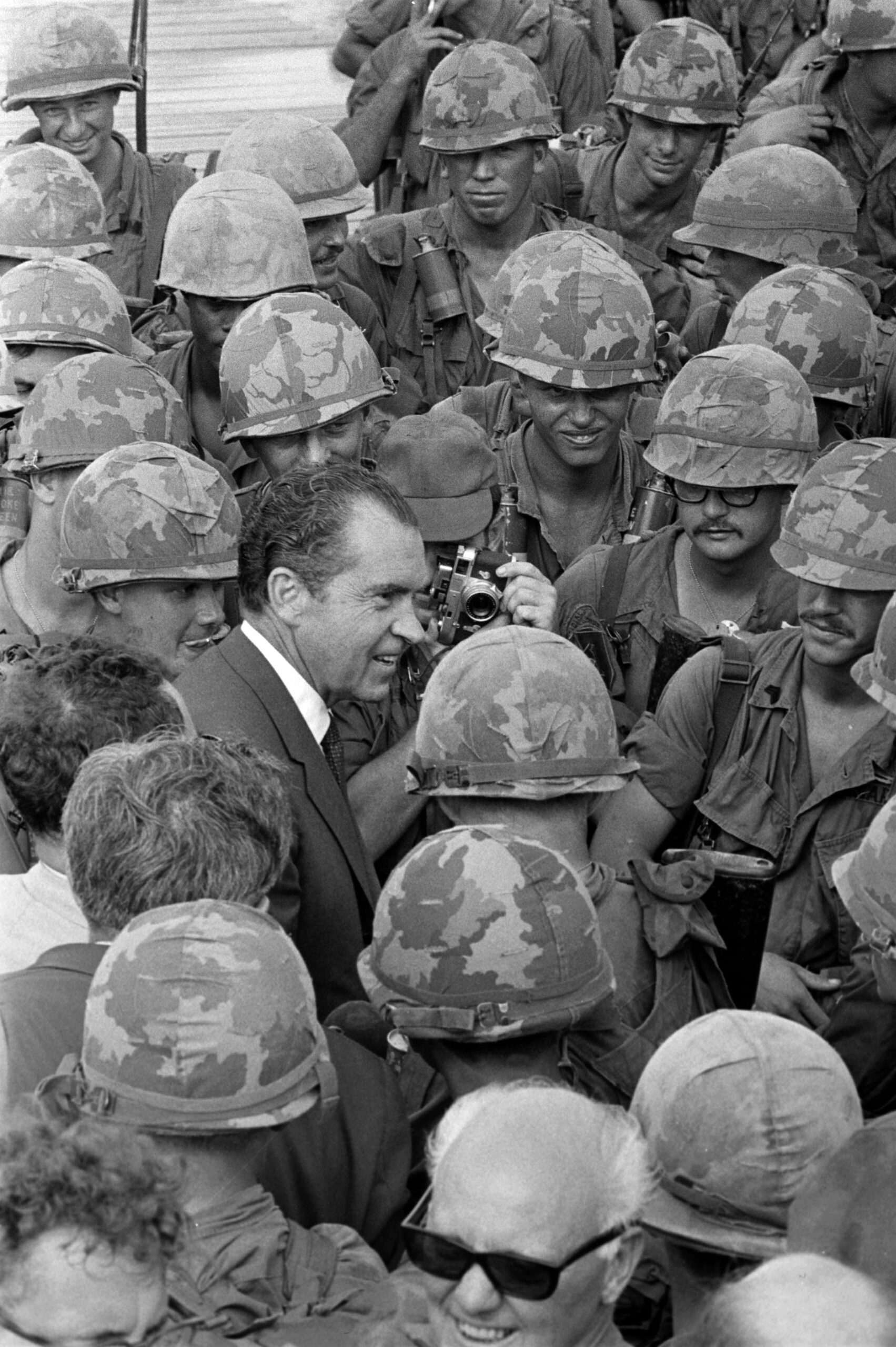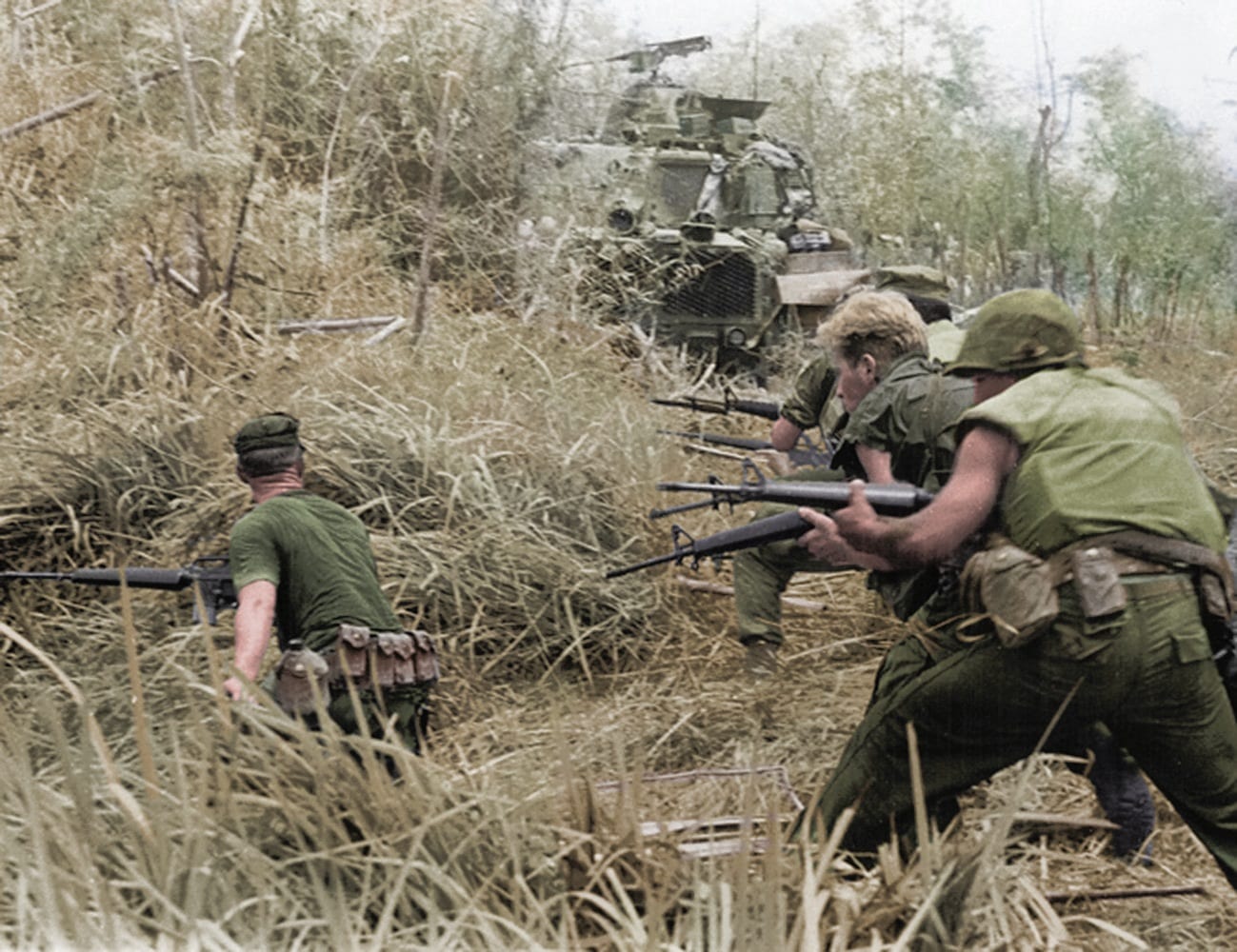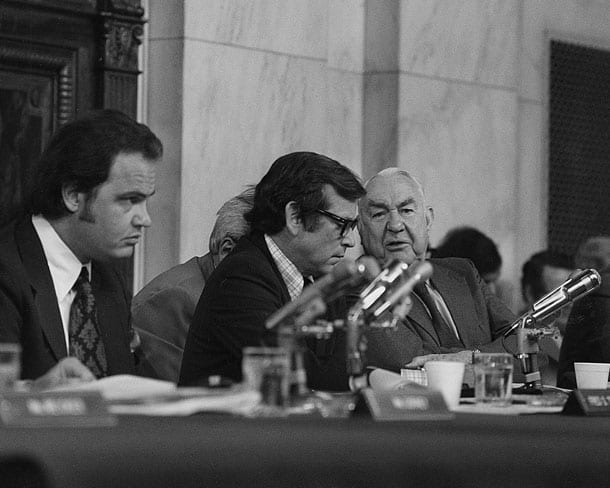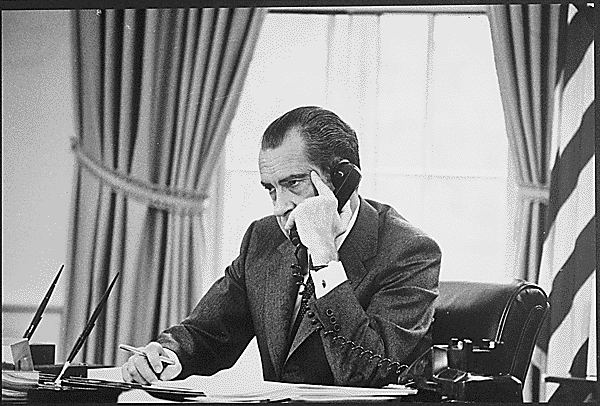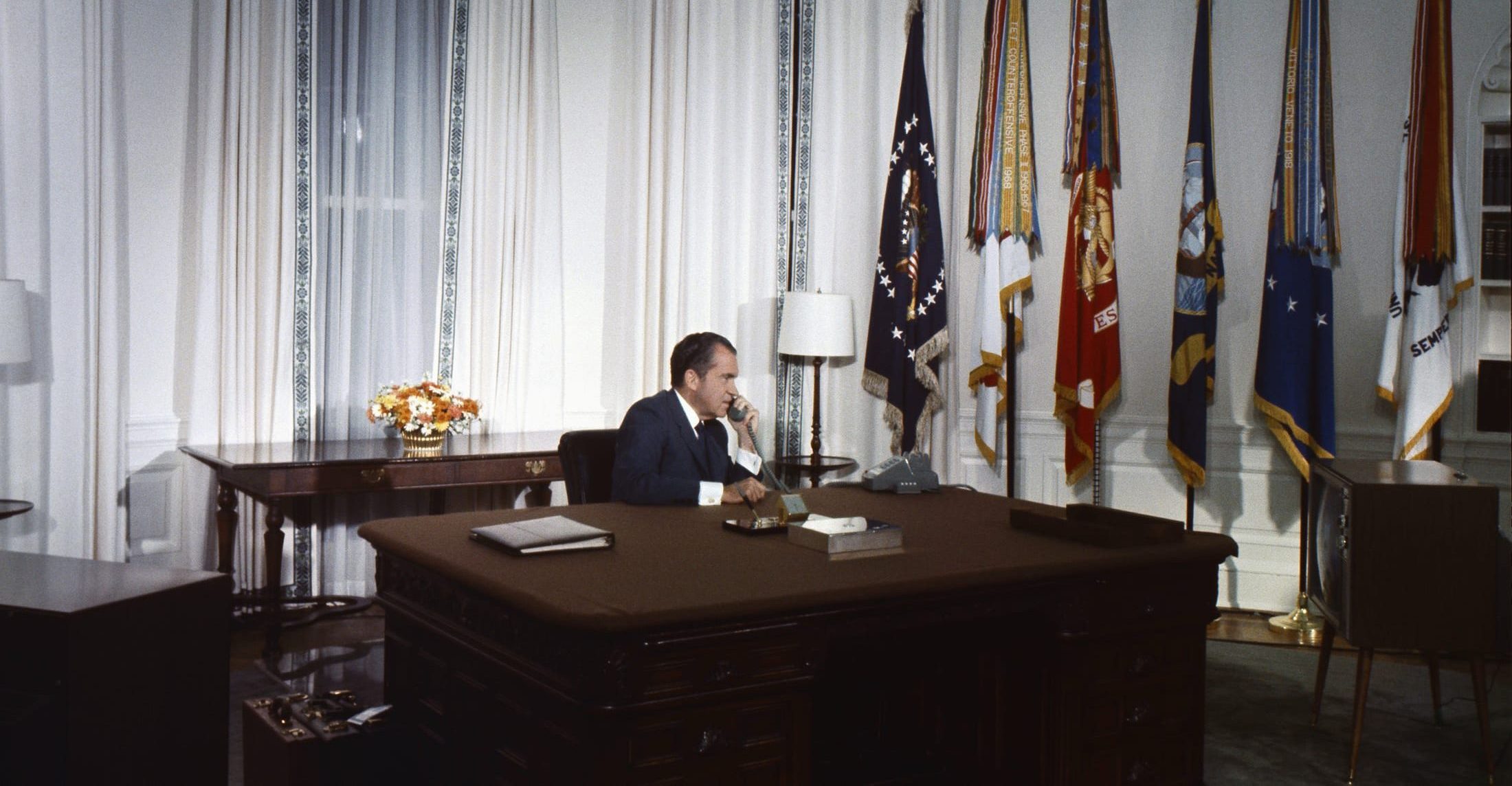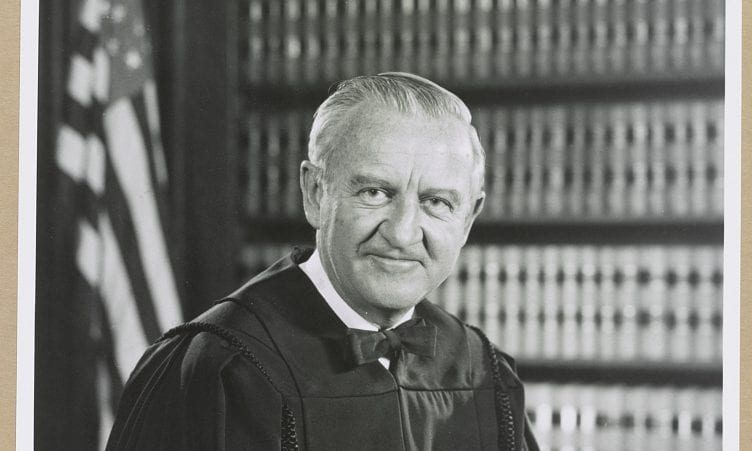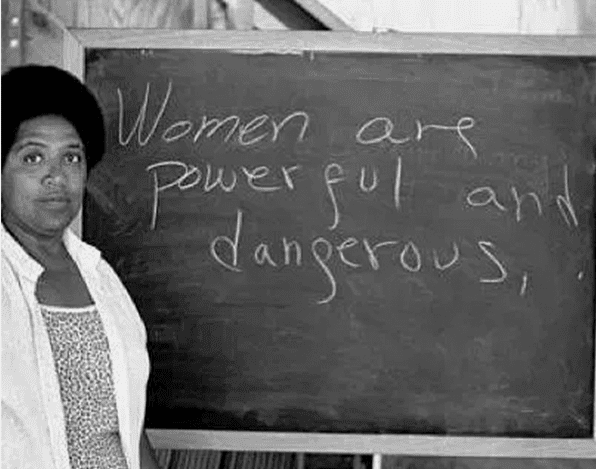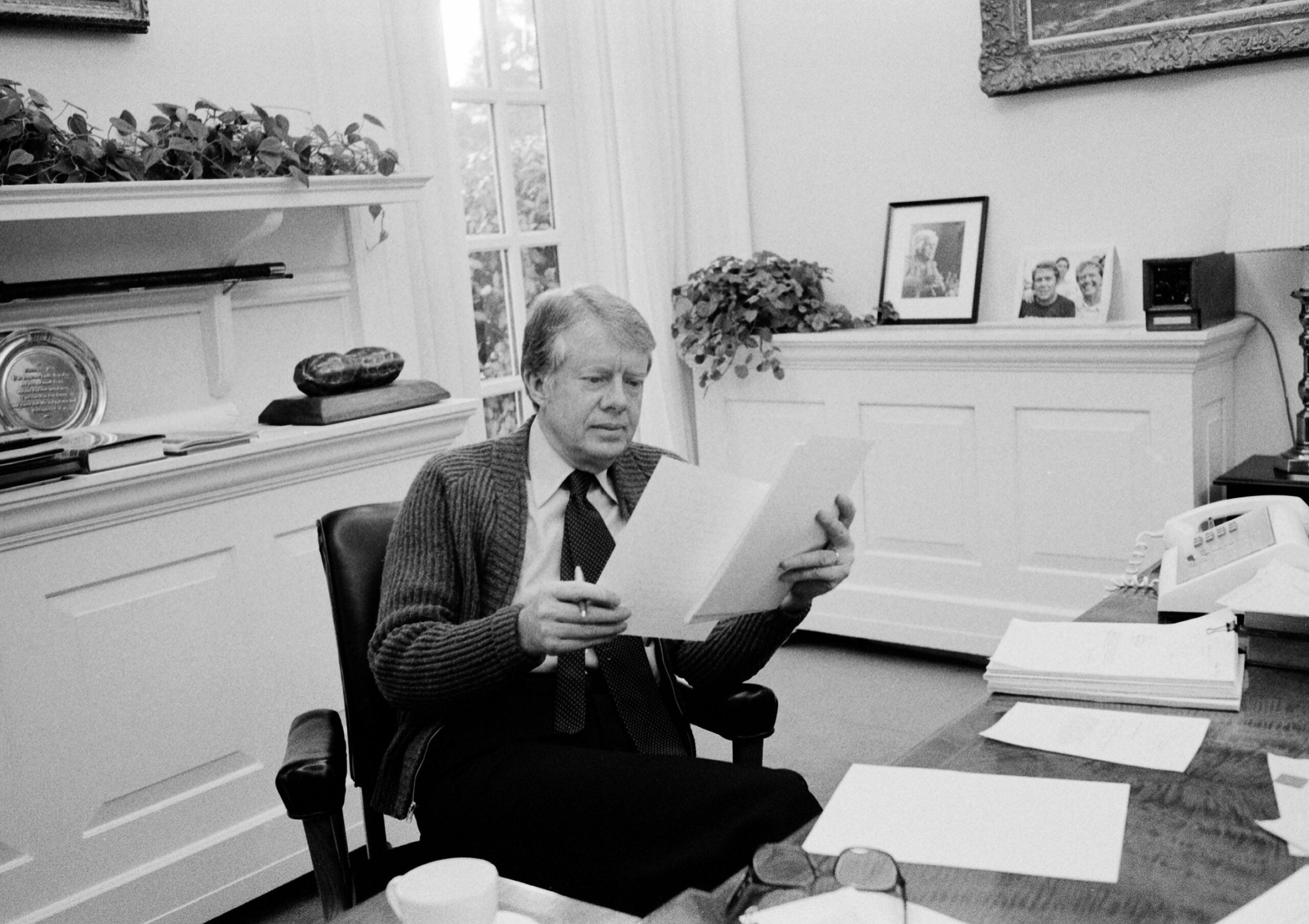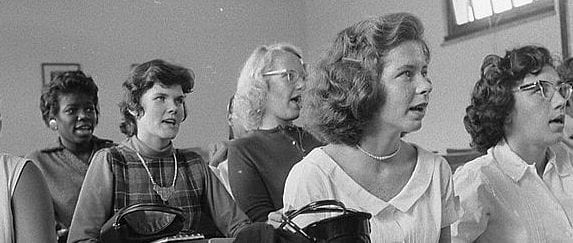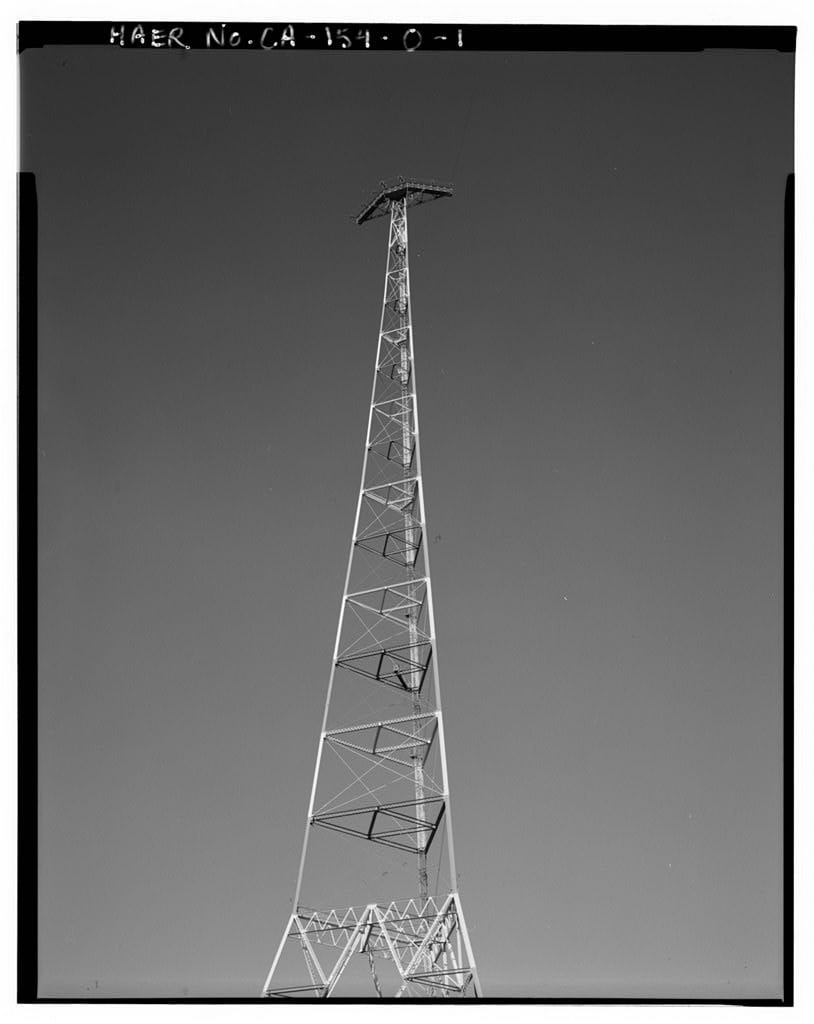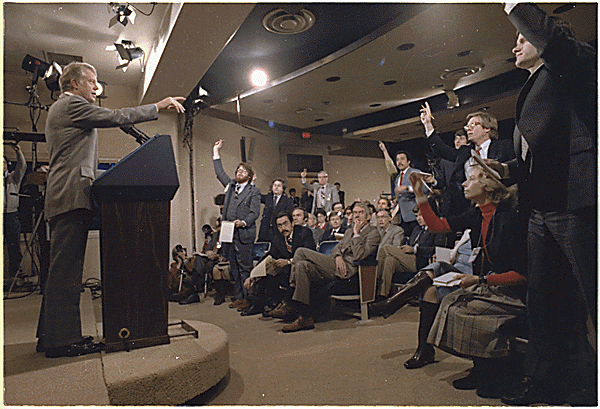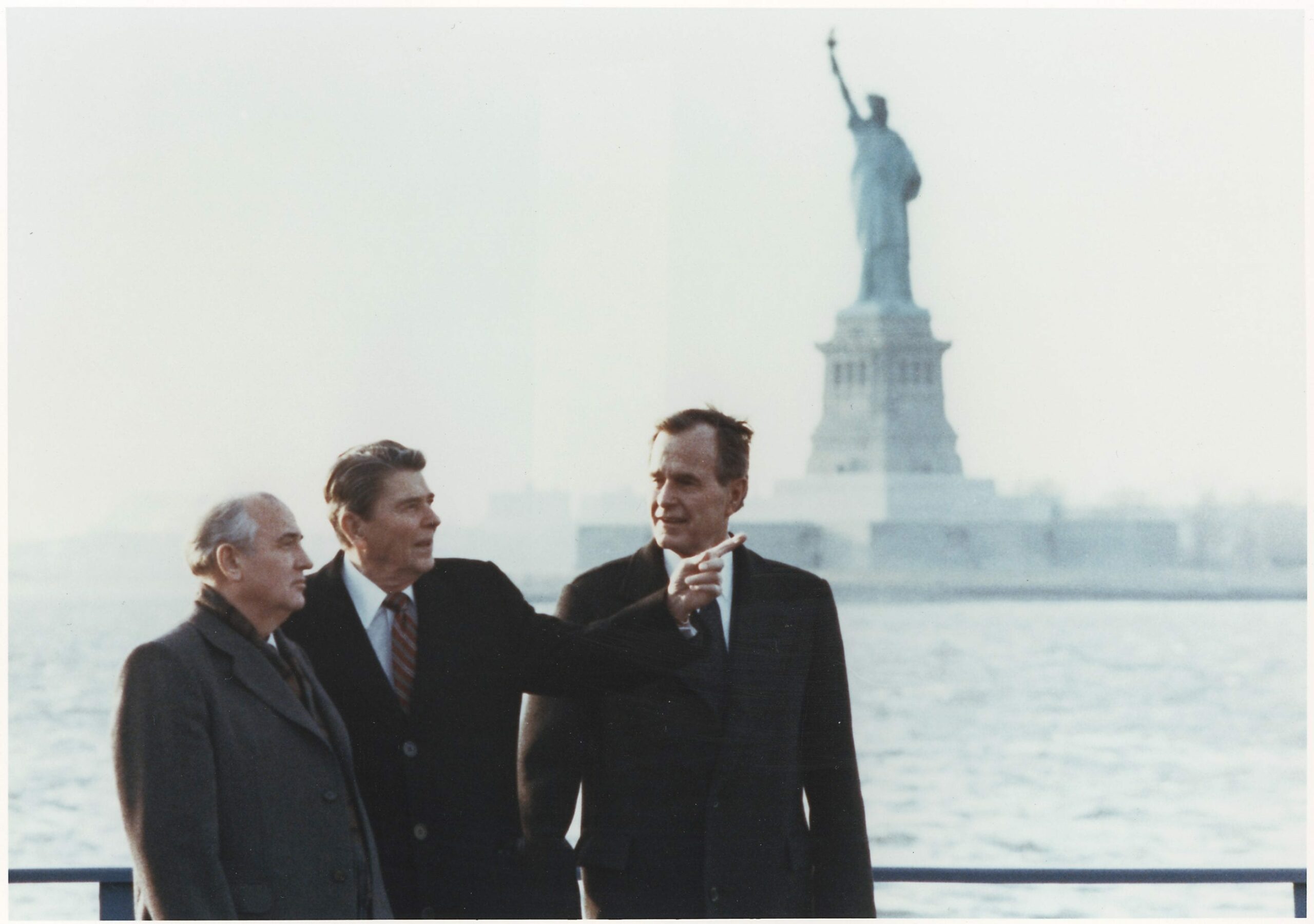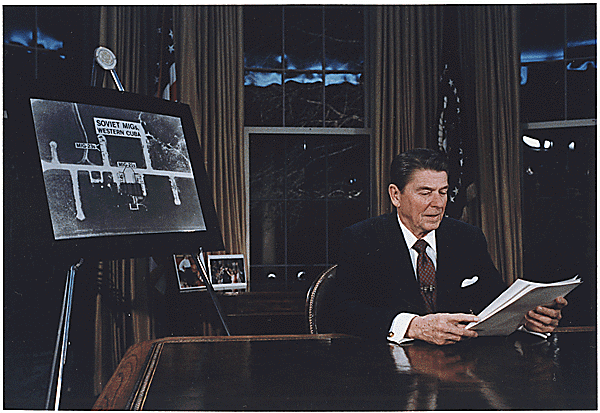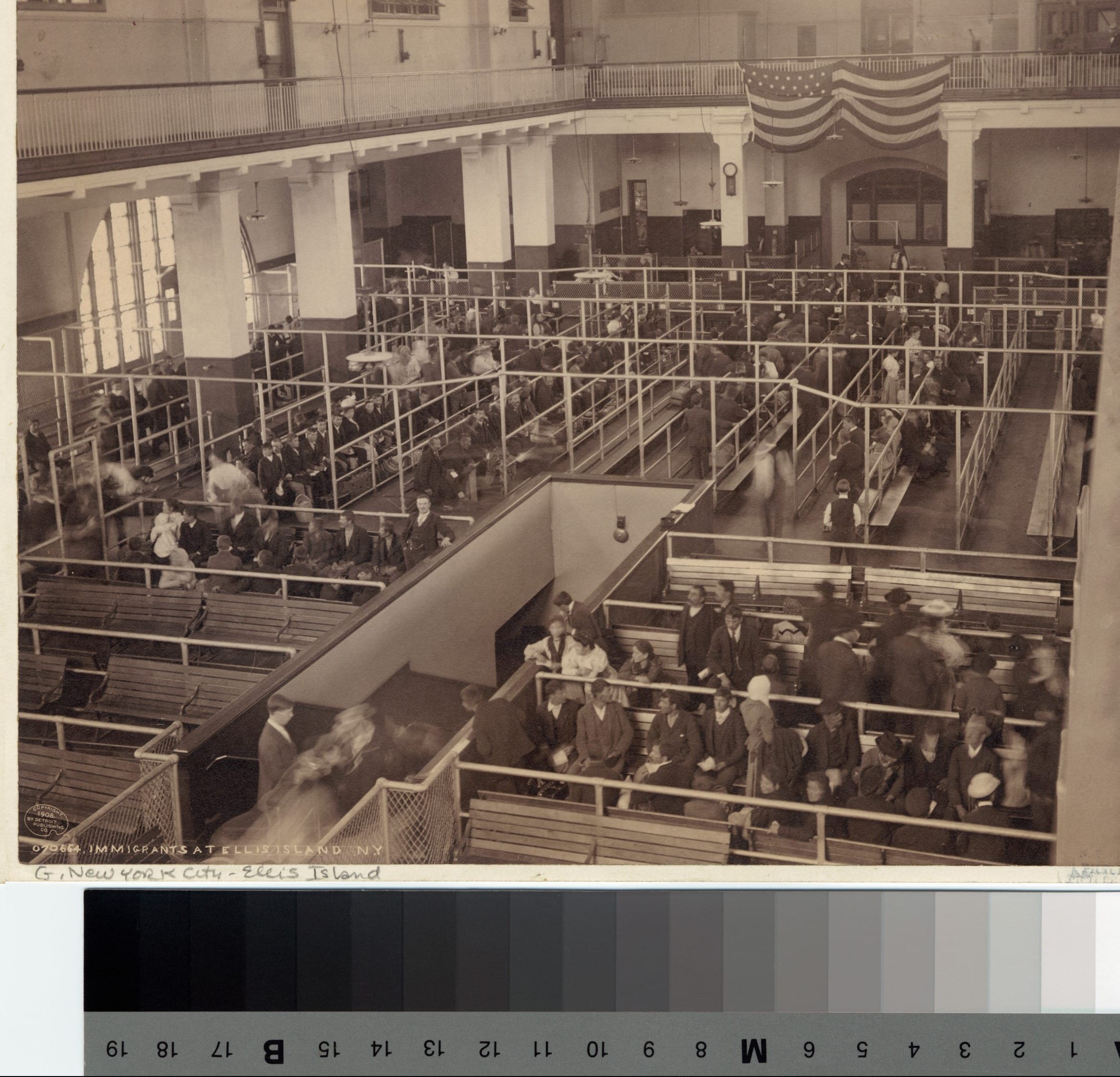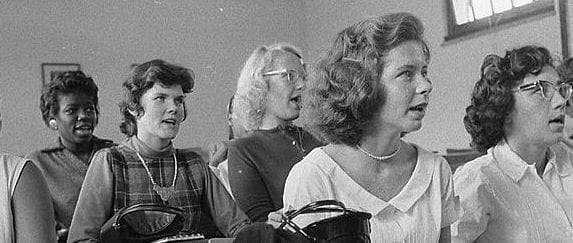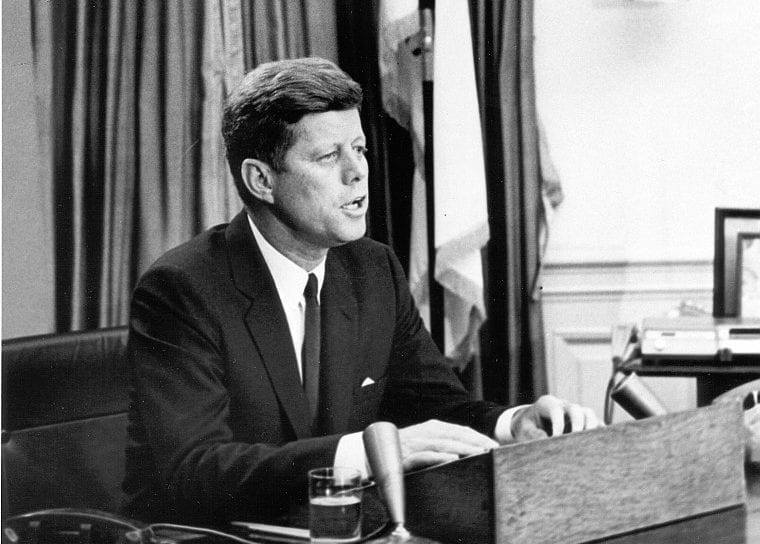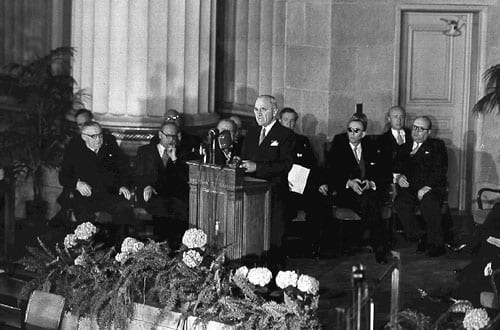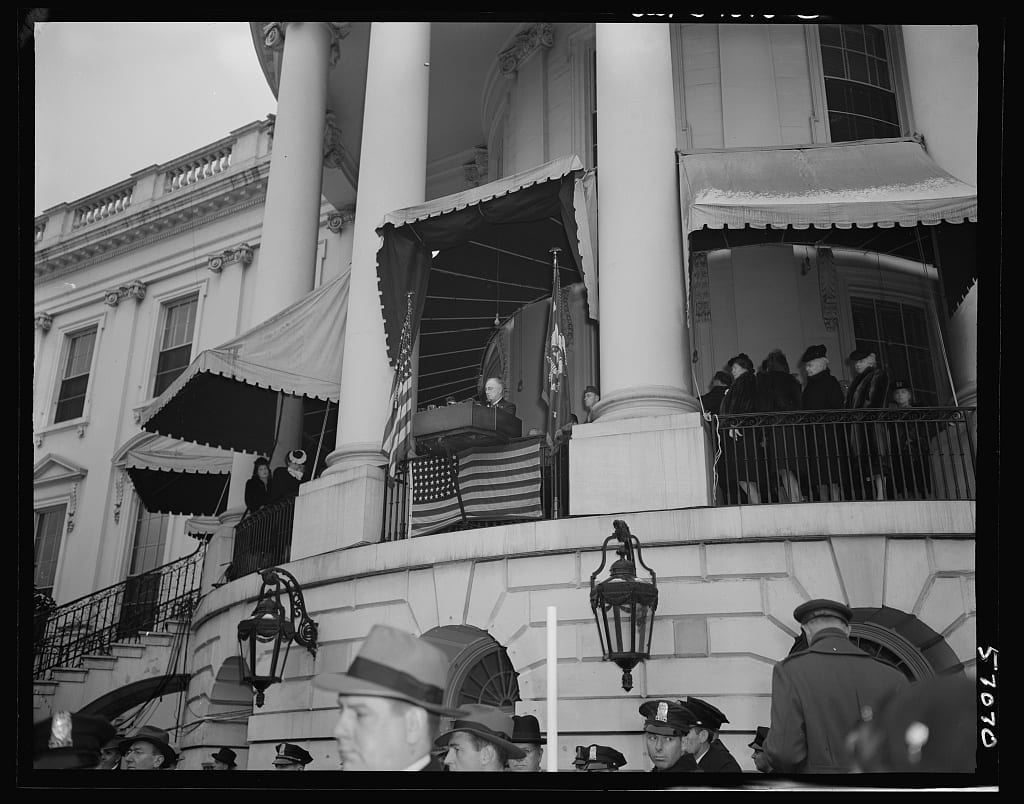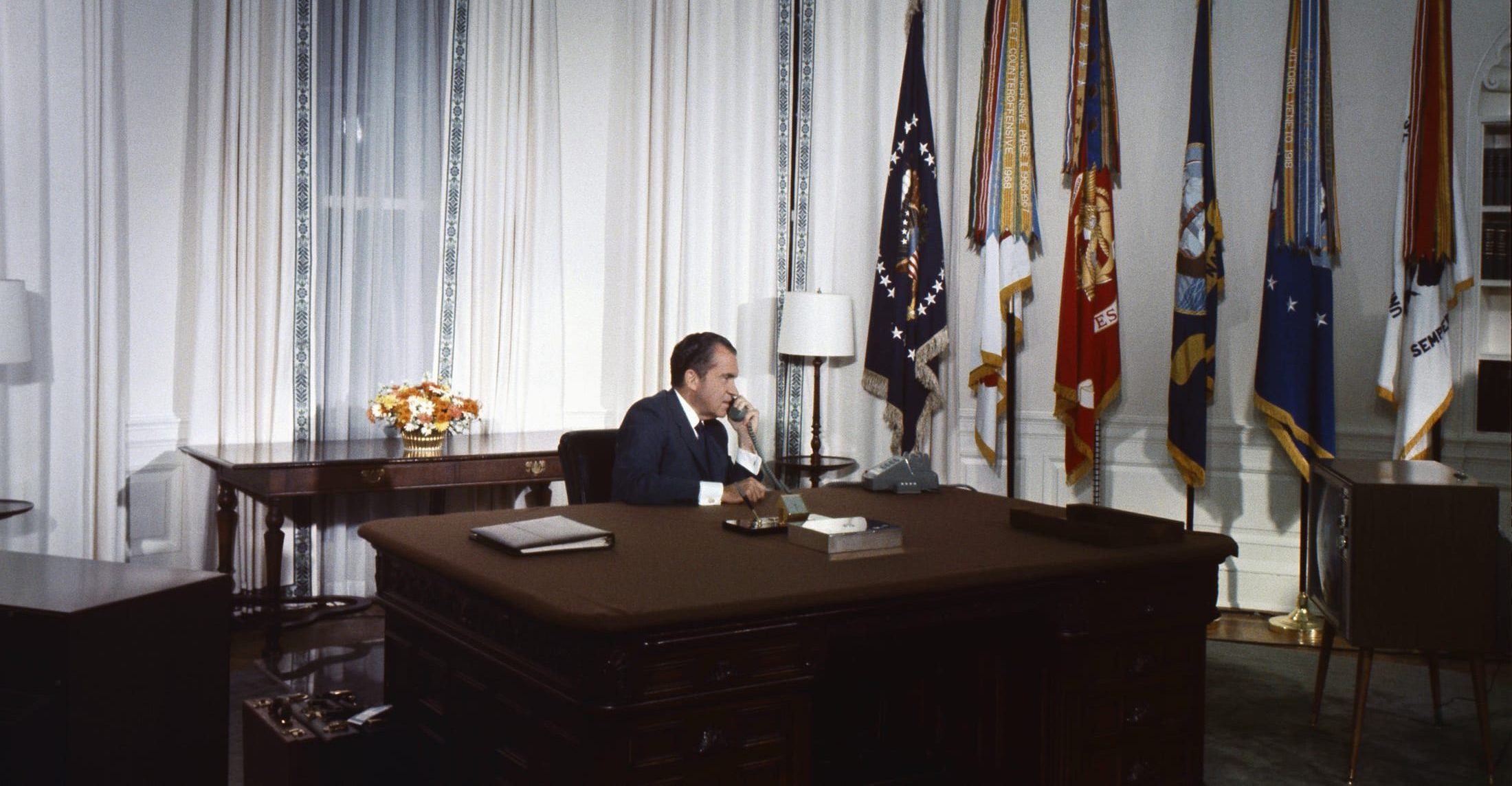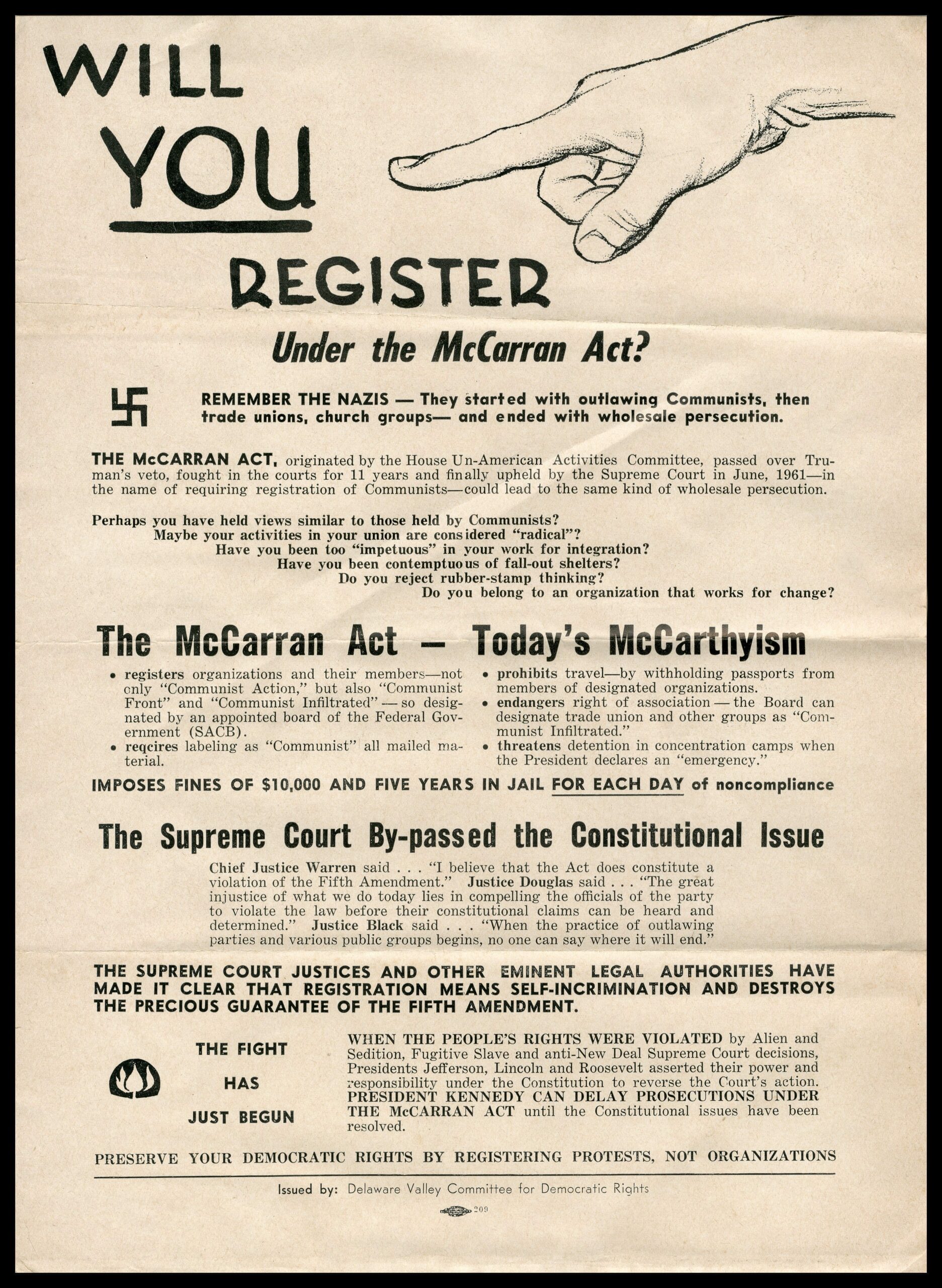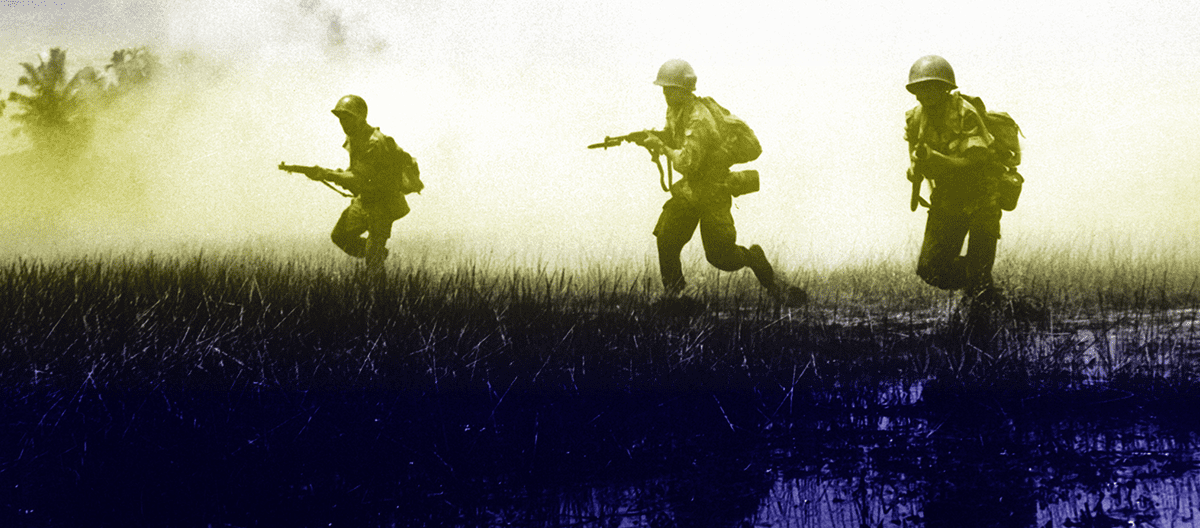
Introduction
Clarence Brandenburg was the leader of an Ohio chapter of the Ku Klux Klan, a white supremacist group opposed to the civil rights movement. In the summer of 1964, he invited a Cincinnati reporter to film a membership rally. The televised film captured gun-toting, hooded figures burning a cross. Using racial epithets. Brandenburg stated: “We’re not a revengent organization, but if our president, our Congress, our Supreme Court continues to suppress the white, Caucasian race, it’s possible that there might have to be some revengeance taken (sic).” Given these remarks and others, Brandenburg was convicted under an Ohio criminal syndicalism law. Upon appeal, the Supreme Court ruled in his favor through a per curiam opinion. “Per curiam,” which is Latin for “by the Court,” is an unsigned, often short, collective statement. The Court referenced the two precedents of Yates v. United States (1957) and Noto v. United States (1961), which narrowed the Smith Act (see Dennis v. United States) by distinguishing between “advocacy of ideas” and “advocacy of action.”
Brandenburg may be seen as the culmination and refinement of the Supreme Court’s developing jurisprudence on the clear and present danger standard first announced in Schenck v. United States. Distilling earlier precedents into a new formula, the Court articulated the “imminent lawless action” standard. In other words, speech is protected until the very point at which it directly incites and is likely to produce imminent lawless action under the circumstances. Since Brandenburg’s conditional language (“might have to be taken”) fell short of an immediate call for violence—that is, a direct incitement—it was protected under the First Amendment.
In reversing Brandenburg’s conviction, the Supreme Court not only struck down the Ohio criminal syndicalism statute, it also overturned Whitney v. California, given the similarities between the two laws. Brandenburg v. Ohio remains the controlling precedent in regard to illegal advocacy. Its “imminent lawless action” test sets a highly protective standard for speech right up to the very brink of lawless danger.
Source: 395 U.S. 444, https://www.law.cornell.edu/supremecourt/text/395/444.
PER CURIAM.
The appellant,[1] a leader of a Ku Klux Klan group, was convicted under the Ohio criminal syndicalism statute for “advocat[ing] . . . the duty, necessity, or propriety of crime, sabotage, violence, or unlawful methods of terrorism as a means of accomplishing industrial or political reform” and for “voluntarily assembl[ing] with any society, group, or assemblage of persons formed to teach or advocate the doctrines of criminal syndicalism” (Ohio Rev.Code Ann. § 2923.13). He was fined $1,000 and sentenced to one to ten years’ imprisonment. The appellant challenged the constitutionality of the criminal syndicalism statute under the First and Fourteenth Amendments to the United States Constitution. . . .
The record shows that . . . the appellant telephoned an announcer-reporter on the staff of a Cincinnati television station and invited him to come to a Ku Klux Klan “rally” to be held at a farm in Hamilton County. With the cooperation of the organizers, the reporter and a cameraman attended the meeting and filmed the events. Portions of the films were later broadcast on the local station and on a national network.
The prosecution’s case rested on the films and on testimony identifying the appellant as the person who communicated with the reporter and who spoke at the rally. The state also introduced into evidence several articles appearing in the films, including a pistol, a rifle, a shotgun, ammunition, a Bible, and a red hood worn by the speaker in the films.
One film showed twelve hooded figures, some of whom carried firearms. They were gathered around a large wooden cross, which they burned. No one was present other than the participants and the newsmen who made the film. Most of the words uttered during the scene were incomprehensible when the film was projected, but scattered phrases could be understood that were derogatory of Negroes and, in one instance, of Jews. Another scene on the same film showed the appellant, in Klan regalia, making a speech. The speech, in full, was as follows:
This is an organizers’ meeting. We have had quite a few members here today which are—we have hundreds, hundreds of members throughout the state of Ohio. I can quote from a newspaper clipping from the Columbus, Ohio, Dispatch, five weeks ago Sunday morning. The Klan has more members in the state of Ohio than does any other organization. We’re not a revengent organization, but if our president, our Congress, our Supreme Court continues to suppress the white, Caucasian race, it’s possible that there might have to be some revengeance taken.
We are marching on Congress July the Fourth, four hundred thousand strong. From there, we are dividing into two groups, one group to march on St. Augustine, Florida, the other group to march into Mississippi. Thank you.
The second film showed six hooded figures, one of whom, later identified as the appellant, repeated a speech very similar to that recorded on the first film. The reference to the possibility of “revengeance” was omitted, and one sentence was added: “Personally, I believe the nigger should be returned to Africa, the Jew returned to Israel.” Though some of the figures in the films carried weapons, the speaker did not.
The Ohio Criminal Syndicalism Statute was enacted in 1919. From 1917 to 1920, identical or quite similar laws were adopted by twenty states and two territories. In 1927, this Court sustained the constitutionality of California’s Criminal Syndicalism Act, the text of which is quite similar to that of the laws of Ohio (Whitney v. California, 1927).[2] . . . But Whitney has been thoroughly discredited by later decisions. See Dennis v. United States (1951).[3] These later decisions have fashioned the principle that the constitutional guarantees of free speech and free press do not permit a state to forbid or proscribe advocacy of the use of force or of law violation except where such advocacy is directed to inciting or producing imminent lawless action and is likely to incite or produce such action. As we said in Noto v. United States (1961), “the mere abstract teaching . . . of the moral propriety or even moral necessity for a resort to force and violence is not the same as preparing a group for violent action and steeling it to such action.” A statute which fails to draw this distinction impermissibly intrudes upon the freedoms guaranteed by the First and Fourteenth Amendments. It sweeps within its condemnation speech which our Constitution has immunized from governmental control. Cf. Yates v. United States (1957), De Jonge v. Oregon (1937), Stromberg v. California (1931).
Measured by this test, Ohio’s Criminal Syndicalism Act cannot be sustained. The act punishes persons who “advocate or teach the duty, necessity, or propriety” of violence “as a means of accomplishing industrial or political reform”; or who publish or circulate or display any book or paper containing such advocacy; or who “justify” the commission of violent acts “with intent to exemplify, spread, or advocate the propriety of the doctrines of criminal syndicalism”; or who “voluntarily assemble” with a group formed “to teach or advocate the doctrines of criminal syndicalism.” Neither the indictment nor the trial judge’s instructions to the jury in any way refined the statute’s bald definition of the crime in terms of mere advocacy not distinguished from incitement to imminent lawless action.
Accordingly, we are here confronted with a statute which, by its own words and as applied, purports to punish mere advocacy and to forbid, on pain of criminal punishment, assembly with others merely to advocate the described type of action. Such a statute falls within the condemnation of the First and Fourteenth Amendments. The contrary teaching of Whitney v. California, supra, cannot be supported, and that decision is therefore overruled.
Reversed.

Conversation-based seminars for collegial PD, one-day and multi-day seminars, graduate credit seminars (MA degree), online and in-person.

Our Core Document Collection allows students to read history in the words of those who made it. Available in hard copy and for download.





